
Qatar, a jewel in the Arabian Gulf, boasts a remarkable blend of modernity and tradition, reflected in its iconic landmarks and cultural sites. From the stunning skyline of Doha to the serene coastal promenades, the country offers a diverse array of attractions that captivate both residents and visitors alike. The Doha Corniche, with its picturesque views of the waterfront, serves as a vibrant gathering spot, while the Museum of Islamic Art showcases the rich heritage of the region through its exquisite collections.
Al Shahaniya's camel racetrack highlights the nation’s unique sporting culture, where tradition meets innovation in the thrilling world of camel racing. Meanwhile, contemporary spaces like Box Park illustrate Qatar’s commitment to artistic expression and community engagement. Each of these iconic places tells a story, inviting you to explore the rich tapestry of Qatar's history, culture, and aspirations for the future.
The Pearl-Qatar
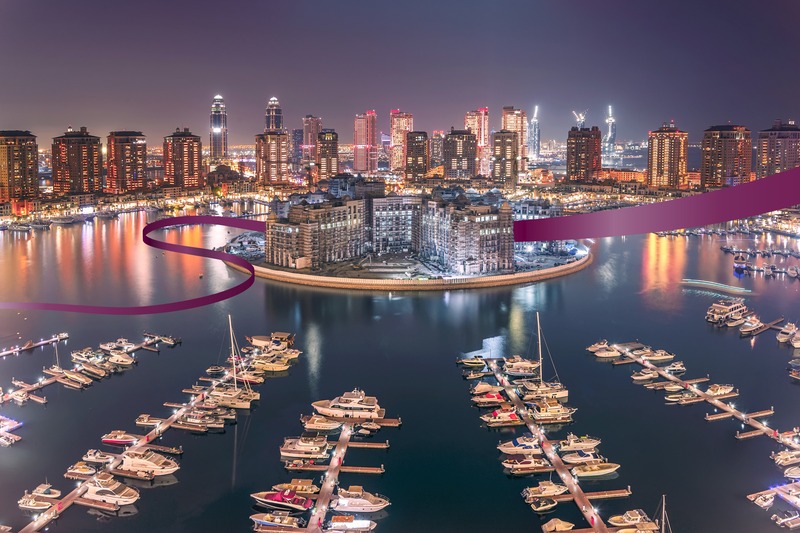
The Pearl-Qatar is a stunning man-made island that epitomizes luxury and sophistication, located just off the coast of Doha's prestigious West Bay District. This remarkable development spans four million square meters of reclaimed land and is designed to resemble a string of pearls, offering a unique blend of Mediterranean charm and modern elegance. The island is adorned with picturesque marinas lined with yachts, creating an idyllic waterfront atmosphere.
Visitors can explore a variety of upscale residential towers and opulent villas, each showcasing contemporary architecture and high-end finishes. The Pearl-Qatar is also home to a plethora of premium designer boutiques and showrooms, making it a shopper's paradise. From renowned international brands to exclusive local designers, the shopping experience here is unparalleled, catering to discerning tastes.
Dining options on the island are equally impressive, featuring an array of modern eateries. From casual spots serving refreshing ice creams and light bites to gourmet restaurants offering five-star culinary experiences, there’s something to satisfy every palate. The island’s pedestrian-friendly squares and plazas are beautifully landscaped, encouraging leisurely strolls amidst lush gardens and serene waterfront views.
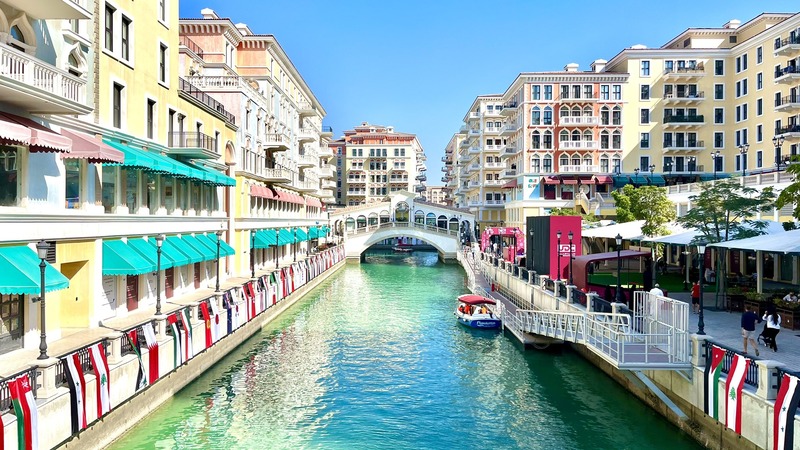
The atmosphere is both inviting and romantic, making it an ideal setting for couples seeking a memorable experience. The Pearl-Qatar is often referred to as the 'Arabian Riviera' due to its elegance and refined ambiance, attracting both locals and tourists alike.
How to Get There
- Location: Near West Bay, close to Doha's business district, Katara Cultural Village, and Lusail City.
- By Car or Taxi: Easily reachable by personal vehicle or taxi (Uber and Karwa services available).
- From Hamad International Airport: Approximately 30-40 minutes drive.
- Public Transport:
- Nearest metro station: Legtaifiya (Red Line).
- M110 Metrolink bus available from Legtaifiya station.
Qatar National Library
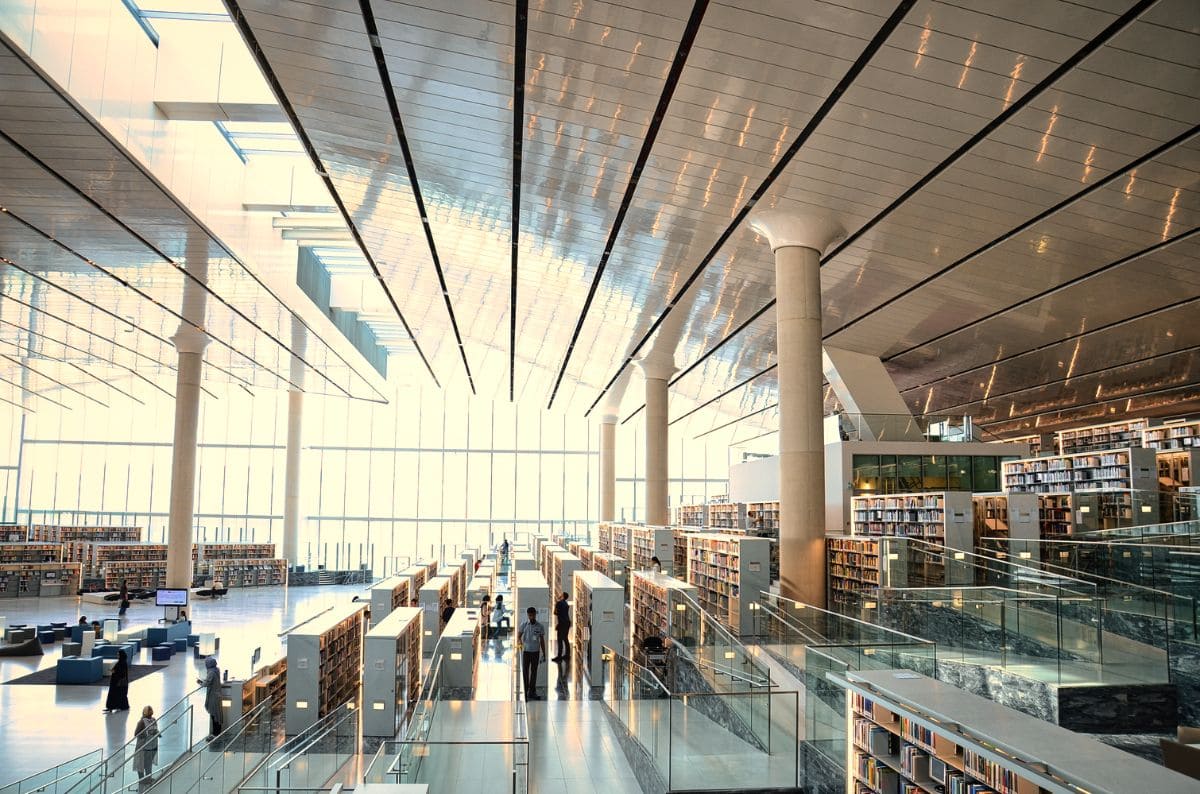
The Qatar National Library (QNL) is an architectural gem designed by the world-renowned architect Rem Koolhaas. The library’s striking diamond-shaped exterior is not just visually captivating; it serves to enhance the functionality of the space within. Covering an impressive 45,000 square meters, the building is designed to resemble two sheets of paper separated and folded diagonally, creating a unique shell-like structure that encapsulates an open-plan interior filled with natural light.
Inside, the library prioritizes visibility and accessibility, ensuring that every book is readily available to visitors. The innovative design features bookshelves that rise directly from the floor, creating a seamless integration with the architectural elements and emphasizing the importance of literature in Qatari culture. Daylight filters through the expansive glass façade, fostering a warm and inviting atmosphere conducive to reading, studying, and socializing.
QNL is equipped with state-of-the-art technology that enhances the user experience. The library includes dedicated Innovation Stations where visitors can engage in a wide range of activities, such as videography, photography, design, sound editing, and even 3D printing. Additionally, a music studio is available for aspiring musicians, and STEM-focused resources encourage hands-on learning and exploration.

The library also plays a crucial role in preserving Qatar’s cultural heritage. It houses a Conservation and Preservation Laboratory dedicated to restoring valuable items within the Heritage Library, ensuring they are maintained for future generations. Climate-controlled display cases protect these artifacts, while the Digitization Laboratory works to digitize collections, making them accessible to scholars and researchers worldwide.
How to Get There
- Accessibility:
- By car: Ample parking available.
- Shuttle bus: Operates every 15 minutes from the Ceremonial Court parking lot.
- Metro: Qatar National Library Station on the Green Line.
The Qatar National Library is not just a place to read; it is a vibrant hub for learning, innovation, and community engagement, making it an essential stop for anyone exploring the cultural landscape of Doha.
Souq Waqif

Souq Waqif, located on the banks of the Wadi Musheireb, is a vibrant marketplace that stands as a testament to Doha's rich trading history, dating back over a century. This bustling souq is characterized by its traditional mud-brick buildings, which evoke a sense of nostalgia and contrast sharply with the sleek, modern skyline of Doha.
As you stroll through its winding alleys, you are enveloped in a lively atmosphere where the sounds of haggling merchants, the chatter of locals, and the enticing aromas of spices and street food create a sensory feast.
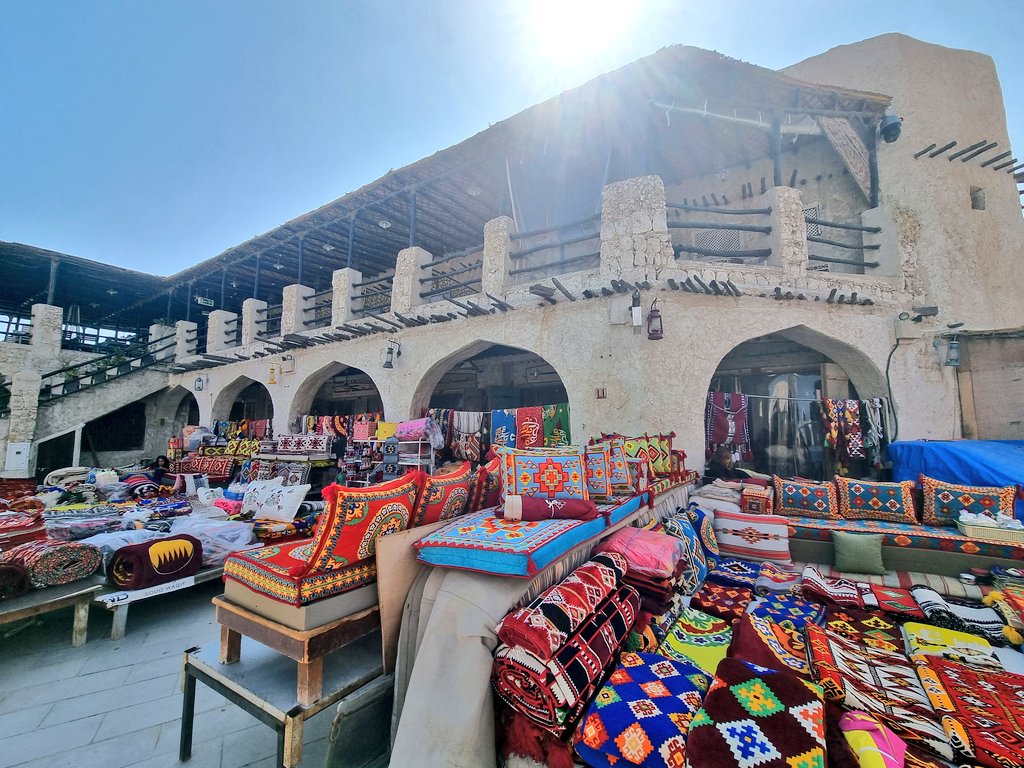
The market is not only a place for commerce but also a social hub where locals gather to exchange news and stories. Stalls brimming with colorful textiles, handcrafted pottery, and aromatic spices invite exploration, while cafes and restaurants offer a chance to relax and savor traditional Qatari dishes. The souq also hosts various cultural events and activities, making it a lively destination for both tourists and residents alike.
How to Get There
- By Car or Taxi:
- Use ride-hailing services like Uber or Karwa.
- Underground parking is available on-site.
- By Metro:
- Take the Gold Line from Ras Bu Aboud.
- Disembark at Souq Waqif station.
Falcon Souq Doha
Located within the vibrant confines of Souq Waqif, the Falcon Souq offers a unique glimpse into the cultural significance of falconry in Qatar. This specialized market is dedicated to the majestic falcon, a bird that holds a revered status as Qatar's national symbol. Here, visitors can observe these stunning raptors up close, learn about their historical importance, and even have the opportunity to hold one under the careful supervision of knowledgeable falconers.
Falconry is a deeply rooted tradition in Qatari culture, tracing its origins back to the Bedouin tribes, where these birds were trained for hunting migratory birds. At the Falcon Souq, you can witness this ancient art firsthand. The souq is not just about selling falcons; it provides a comprehensive experience that includes educational insights into the breeding, training, and care of these incredible birds.
At the Falcon Souq, enthusiasts can not only admire the birds but also participate in public auctions, a thrilling experience where prices fluctuate based on the falcon's size, strength, and training level. The market is well-stocked with a variety of falconry accessories, including hoods for the birds, gloves for handlers, feathered lures for training, leg restraints, and even veterinary supplies.
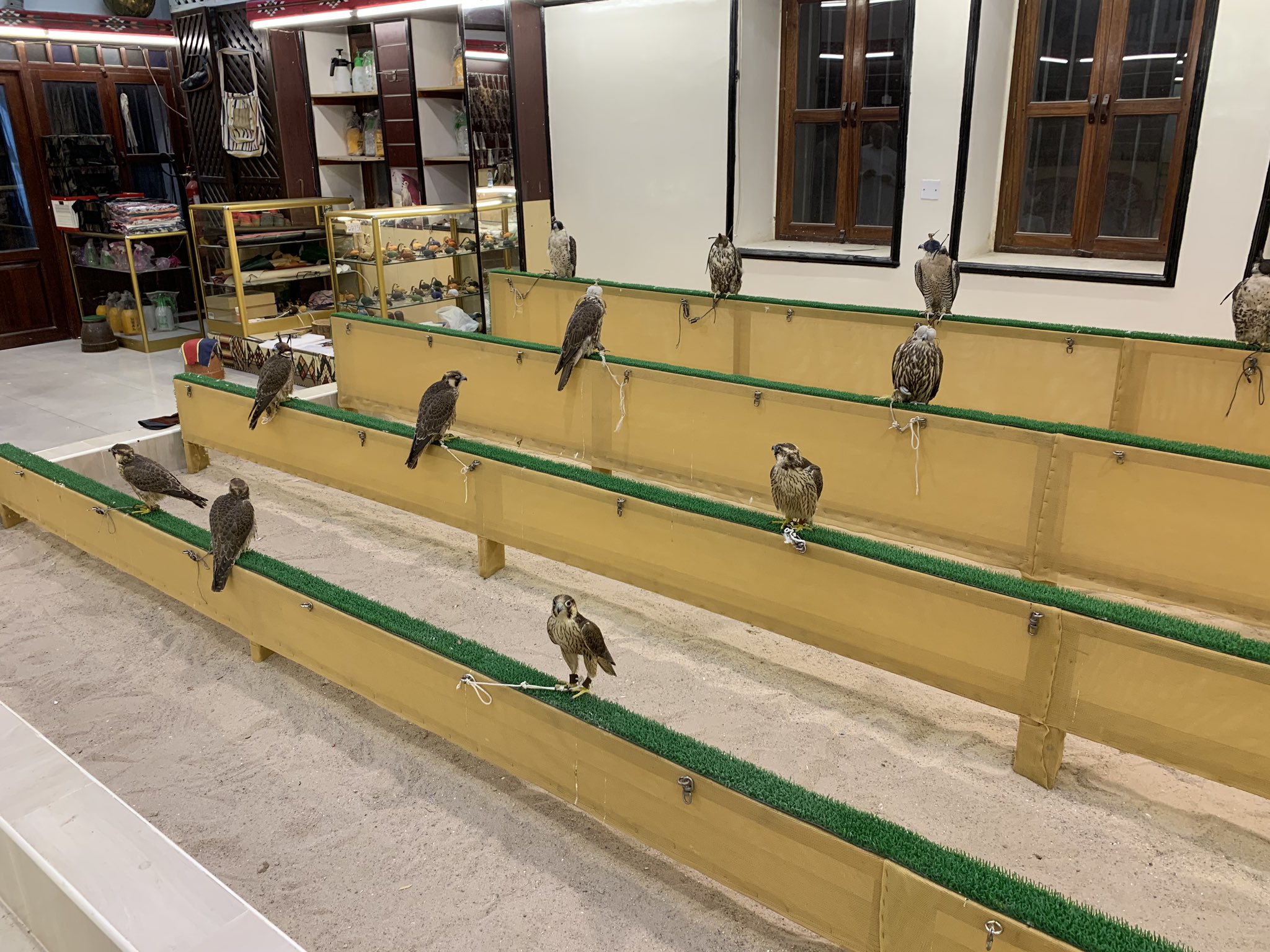
Additionally, the Falcon Souq houses a state-of-the-art falcon hospital, underscoring the importance of these birds to Qatari culture. Here, falconers can bring their birds for medical care in an air-conditioned facility equipped with modern medical technology, including incubators and surgery units. Visitors might see hooded falcons, a common practice to keep them calm during their acclimatization process.
How to Get There
-
Walking:
- Located within Souq Waqif, easily accessible on foot.
- Entrance marked by a gilded plaque.
-
Nearby Landmarks:
- Close to Al Asmakh and Al Ahmed streets.
- Short walk from the Corniche waterfront area.
Al Shaqab

Al Shaqab is an esteemed equestrian center located in Education City, established as part of the Qatar Foundation in 2004. Founded by His Highness The Father Amir, Sheikh Hamad Bin Khalifa Al Thani, in 1992, Al Shaqab aims to preserve and promote the Arabian horse breed, an integral part of Qatar's cultural heritage. This state-of-the-art facility serves not only as a breeding farm but also as a center for equestrian events and education.
The location of Al Shaqab is historically significant, situated at the site of a crucial battle in 1893 that contributed to Qatar's independence. This connection to the past highlights the importance of Arabian horses in the nation’s history, as they played a vital role in the local culture and contributed to the Bedouins' way of life.
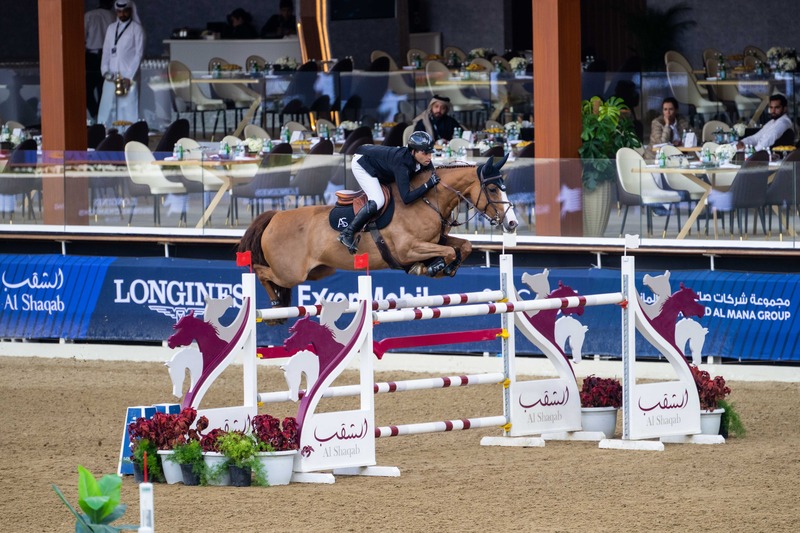
At Al Shaqab, you can witness the beauty and grace of Arabian horses, participate in various equestrian activities, and learn about the breeding and training processes that uphold this noble tradition. The center also hosts events, competitions, and exhibitions that celebrate the equestrian culture of Qatar, making it a must-visit destination for horse enthusiasts and anyone interested in the rich heritage of the Arabian horse.
How to Get There
-
By Car:
- Accessible via major roads with parking available at the Ceremonial Court lot.
-
By Metro:
- Take the Green Line to Al Shaqab Station.
- Station located on Huwar Street in Old Al Rayyan.
-
Distance from Airport:
- Approximately 30 minutes' drive from Hamad International Airport.
Katara Cultural Village
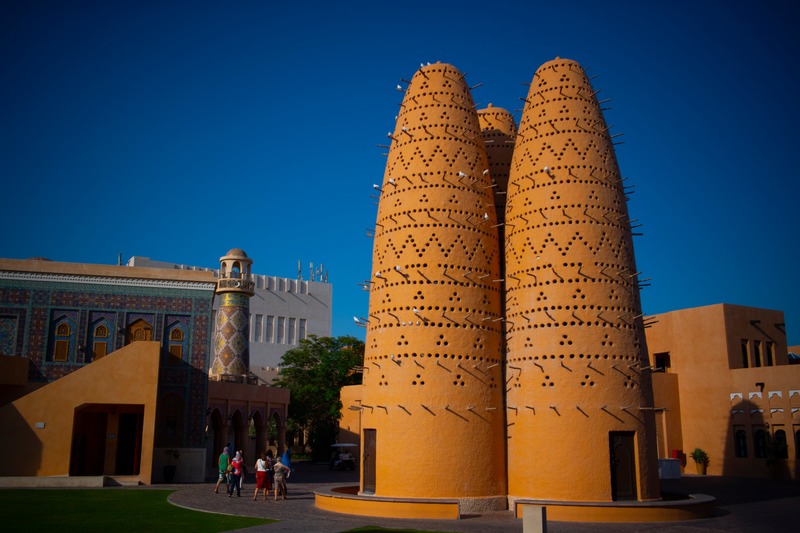
Katara Cultural Village serves as Doha’s premier hub for art and entertainment, seamlessly blending art galleries, workshops, theaters, and a diverse array of dining options. At its heart lies a grand amphitheater, framed by traditional architecture and cobblestone streets, which hosts a variety of cultural performances throughout the year.
Adjacent to this vibrant complex, a spacious public beach invites visitors to engage in water sports and offers equipment rentals, enhancing the recreational experience.
Situated at the crossroads of the Middle East and Asia, Qatar is a rich tapestry of cultures, reflected in its numerous cultural venues, including museums, galleries, and public art installations. The name Katara, derived from ancient origins, designates this self-proclaimed cultural village that lies between the modern financial district of West Bay and the luxurious half-moon towers of The Pearl residential area.
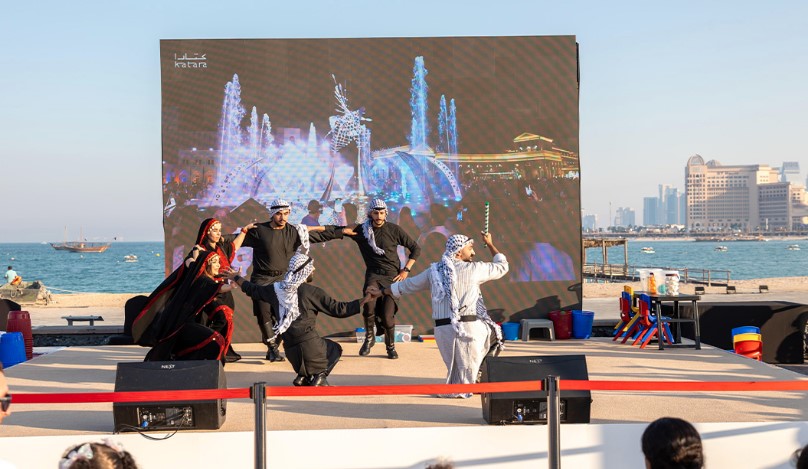
With the expansive beach on one side and the picturesque Katara Hills on the other, this vibrant locale is the quintessential destination for those seeking to immerse themselves in art, culture, and gastronomy.
How to Get There
- Location: Situated between the financial district of West Bay and The Pearl.
- By Car: Accessible via major roads; ample parking available on-site.
- Public Transport:
- Metro: Nearest station is Katara Station, which connects to the Doha Metro network.
- Bus: Several bus routes service the area.
Msheireb Downtown Doha
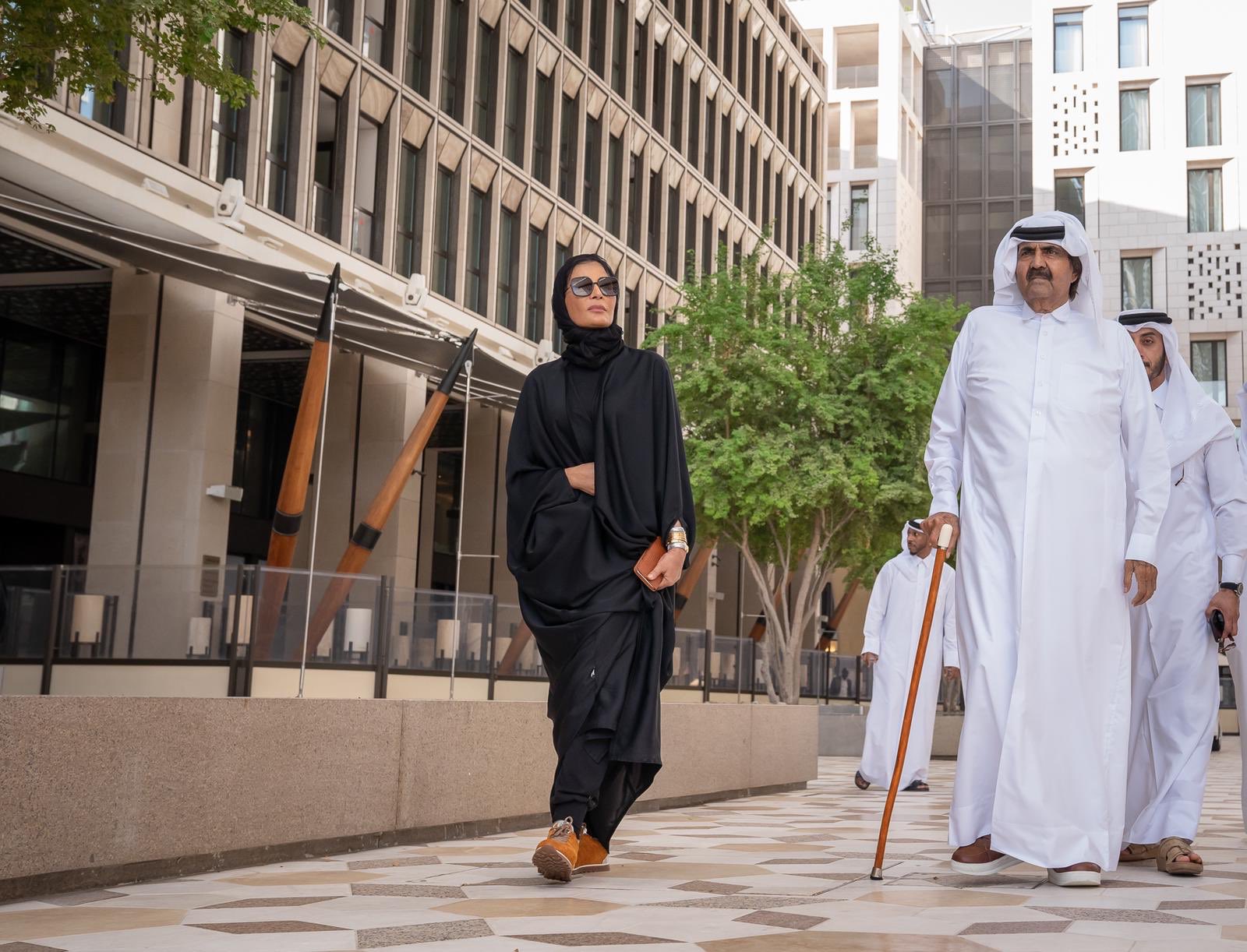
Msheireb Downtown Doha is a dynamic urban development featuring over 100 buildings that encompass commercial and residential spaces, alongside retail and cultural offerings. At its center is the stunning Barahat, or courtyard, which serves as a communal gathering space. This bustling area also boasts niche retail shops and a variety of outdoor dining options, complemented by entertainment venues and educational institutions like Qatar Academy Msheireb.
The site is home to four hotels, including the luxurious Mandarin Oriental Doha and Park Hyatt Hotel, as well as the Msheireb Museums, which showcase Qatar's rich history through four heritage houses.
Strategically situated in the heart of Doha, Msheireb Downtown is adjacent to key landmarks such as the Amiri Diwan, Souq Waqif, and the financial district, easily accessible via the Msheireb metro station, which connects to the Red, Green, and Gold lines.
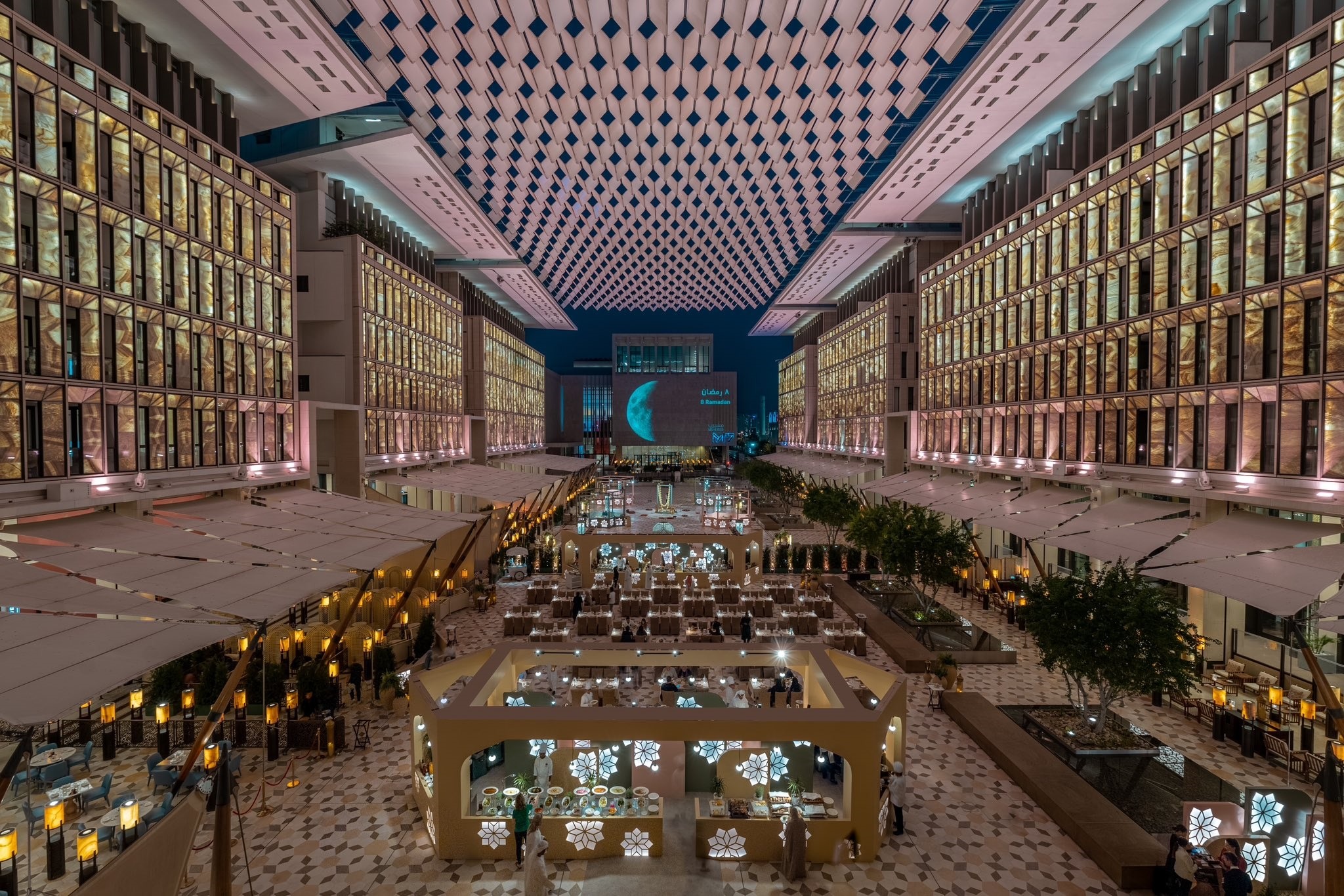
Architecturally, Msheireb is a modern interpretation rooted in Qatar’s heritage, emphasizing proportion, simplicity, and climate-responsive design. This initiative seeks to counter the trend of energy-intensive development in Doha. Furthermore, the district will host the Doha Design District, a cultural hub fostering both regional and international artistic talent.
How to Get There
- Location: Centrally located near the Amiri Diwan, Souq Waqif, and the financial district.
- By Car: Easily reachable by driving through Grand Hamad Street; parking facilities available.
- Public Transport:
- Metro: Msheireb Station connects to the Red, Green, and Gold lines, providing convenient access.
- Bus: Multiple bus routes run to and from the area.
Qanat Quartier
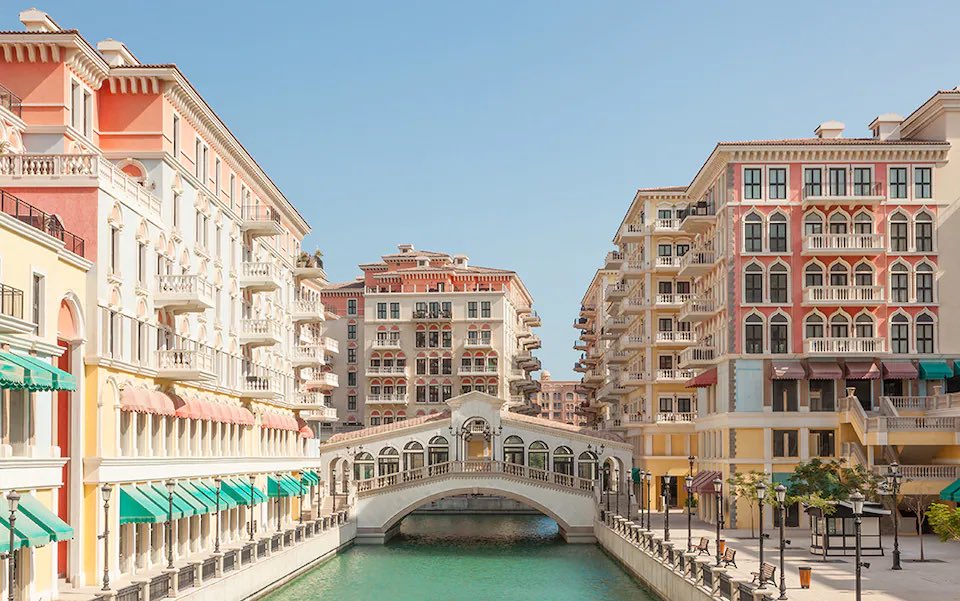
Qanat Quartier enchants visitors with its vibrant, Venice-inspired design characterized by pastel-colored buildings lining charming canals. This popular residential area on Pearl Island is a picturesque sanctuary filled with shops and trendy eateries, making it an ideal spot for both families and individuals seeking inspiration. Stroll along the arched bridges reflecting on the water, capturing Instagrammable moments at every turn.
A visual delight, Qanat Quartier brings a slice of the Mediterranean to Doha, featuring turquoise waterways bordered by colorful facades. Visitors can enjoy leisurely walks through broad avenues, explore unique boutiques and cafés, or relax on the beach promenade, soaking in breathtaking views of the Arabian Gulf.
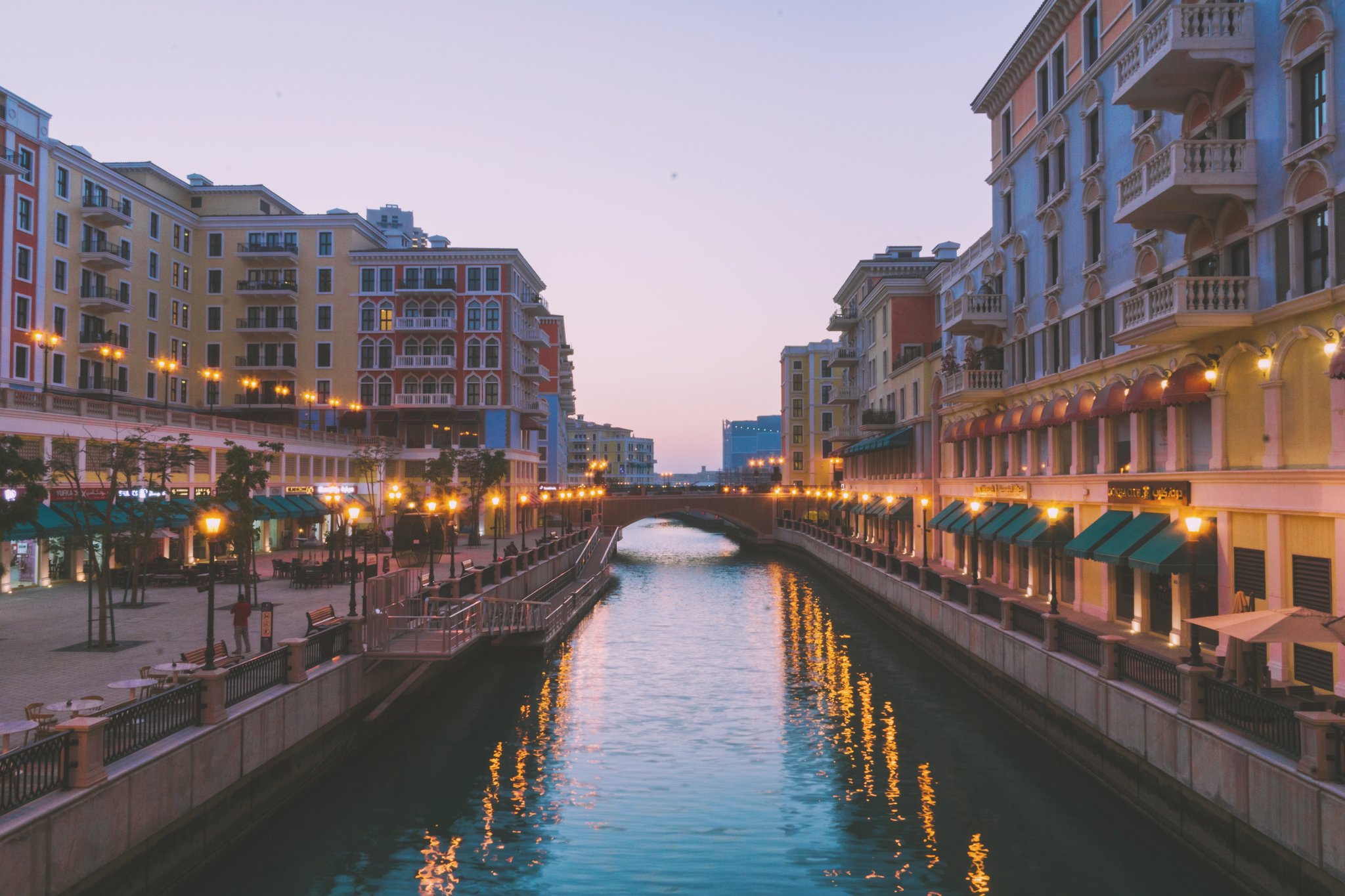
How to Get There
- Location: Located on Pearl Island, a short distance from the city center.
- By Car: Accessible via the Pearl-Qatar Drive; parking options are available.
- Public Transport:
- Metro: Nearest station is Legtaifiya, with a short taxi ride to Qanat Quartier.
- Taxi: Easily reachable by taxi services from various parts of Doha.
Doha Quest
.jpg)
Doha Quest is a groundbreaking theme park that promises excitement for thrill-seekers of all ages. Spanning 32,000 square meters, it is Qatar’s first indoor entertainment destination, offering over 30 exhilarating rides and attractions. From adrenaline-pumping thrill rides to immersive media-controlled simulators and virtual reality experiences, this park caters to diverse interests.
Themed around the concept of time, Doha Quest is divided into three distinct zones: the past, present, and future. Each section features signature rides with captivating storylines designed to engage visitors of all ages. Highlights include the world’s tallest indoor roller coaster, the ‘EpiQ Coaster and the ‘Magma Blast recognized as the highest indoor drop tower, both of which hold Guinness World Records.
.jpg)
Located in the newly opened Doha Oasis, Doha Quest is an essential destination for families, offering something for everyone. Visitors can also explore the iconic ‘Time Quest’ retail store for unique memorabilia and enjoy dining at the world-renowned Planet Hollywood, which has established its first restaurant in this exciting venue.
How to Get There
- Location: Situated within the Doha Oasis development.
- By Car: Accessible via major routes leading to the Doha Oasis; parking available.
- Public Transport:
- Metro: The nearest metro station is Msheireb, followed by a short taxi ride to Doha Oasis.
- Bus: Several local bus routes can take you close to the venue.
Education City
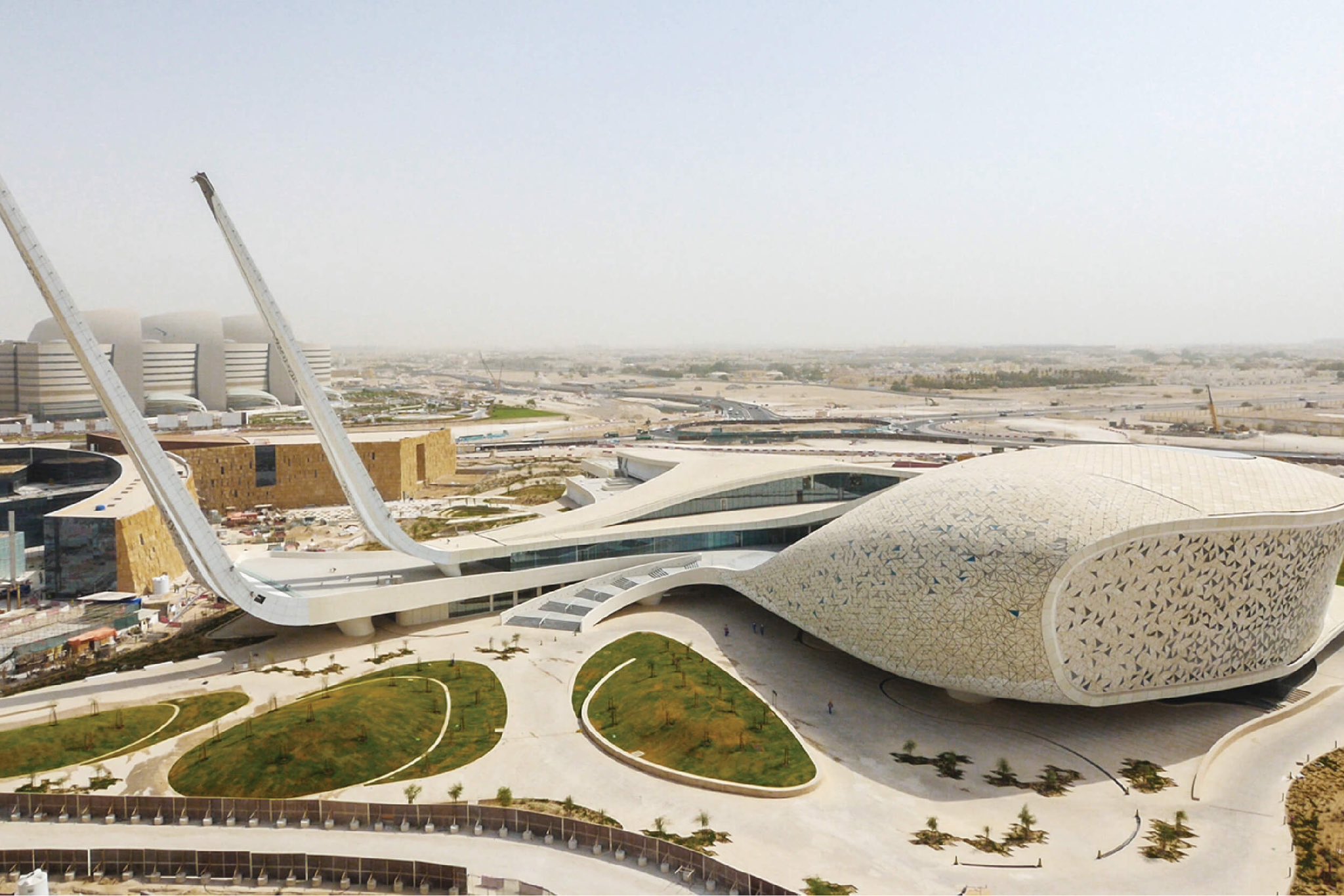
Education City, a flagship initiative of Qatar Foundation, stands out as a unique destination in Qatar, embodying a blend of education, culture, and innovation. This expansive campus hosts branch campuses of some of the world’s leading universities alongside a locally established research university. It is also home to start-up incubators, technology parks, heritage sites, and various cultural institutions, creating a vibrant atmosphere for learning and exploration.
Among its many offerings, Education City features the esteemed Hamad Bin Khalifa University and seven prestigious international universities, including Virginia Commonwealth University School of the Arts in Qatar, Weill Cornell Medicine-Qatar, Texas A&M University at Qatar, Carnegie Mellon University in Qatar, Georgetown University in Qatar, Northwestern University in Qatar, and HEC Paris.
The campus also houses 13 schools under Qatar Foundation’s Pre-University Education network, the Qatar National Library, and the multifaceted Education City Stadium, which served as a venue for the FIFA World Cup Qatar 2022™. Visitors can also explore the Qur’anic Botanic Garden, Oxygen Park, and the Ceremonial Green Spine, as well as the Minaretein (Education City Mosque), Al Shaqab, the Qatar National Convention Centre, and the Education City Golf Club.
Notably, Mathaf: Arab Museum of Modern Art and various art exhibitions, including Seeroo fi al ardh, enhance the cultural landscape of the area.
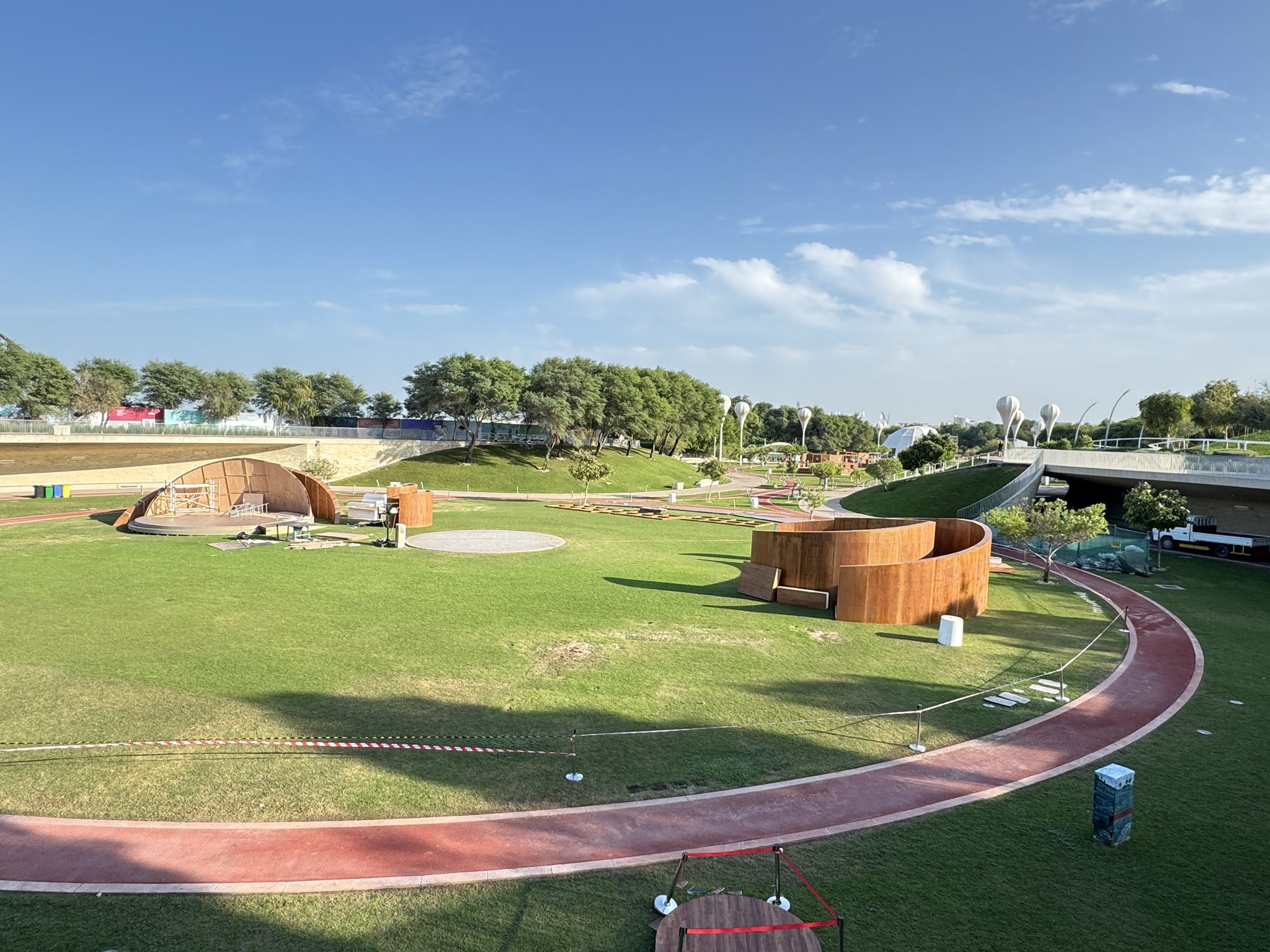
Inaugurated on October 13, 2003, Education City has rapidly developed into a central hub for academic and cultural pursuits. A leisurely stroll or tram ride through the campus reveals lush green spaces and numerous amenities, including one of the region’s largest libraries, extensive golf facilities, and a rich array of art installations. Education City is truly a destination for everyone, inviting exploration and discovery at every turn.
How to Get There
-
By Tram:
- Take the Yellow Line of the Education City Tram.
- Stops are conveniently located throughout the campus.
-
By Car:
- Parking is available at various locations within Education City, including near the Ceremonial Court.
-
By Metro:
- The closest metro station is Education City Station, providing easy access to the area.
Ceremonial Court
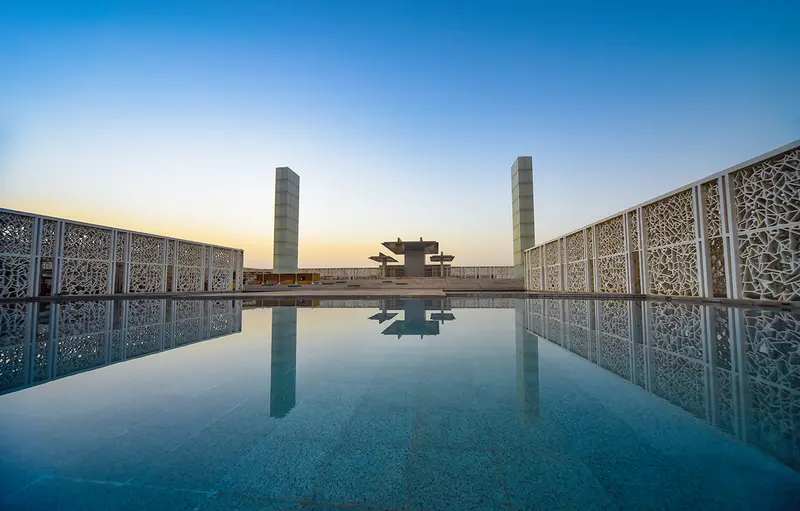
At the heart of Education City lies the Ceremonial Court and the Ceremonial Green Spine, a stunning outdoor space designed for significant events and gatherings. The Ceremonial Green Spine was the first element of Qatar Foundation’s master plan, established in 1992, and it serves as a vital connector between the Qatar National Convention Centre and the Ceremonial Court, effectively separating the higher education facilities from those dedicated to primary and secondary education.
This beautiful multipurpose outdoor venue is used for major events such as Qatar Foundation’s Convocation and Qatar National Day celebrations. The Ceremonial Court features intricate lattice work, creating a distinctive pergola system that encloses the space on three sides and leads to a central stage. With an informal amphitheater to the north and a formal stage area to the south, the space can accommodate up to 3,000 guests.
.jpg)
Accessibility to the Ceremonial Court is convenient, with parking available and proximity to the Education City Tram Yellow Line and the Doha Metro. This central location enhances its appeal as a gathering spot for the community.
How to Get There
-
By Tram:
- Access via the Yellow Line of the Education City Tram.
-
By Car:
- There is dedicated parking at the Ceremonial Court parking lot.
-
By Metro:
- Use the Doha Metro to reach Education City Station, then walk or take a tram to the Ceremonial Court.
Dahl Al Misfir
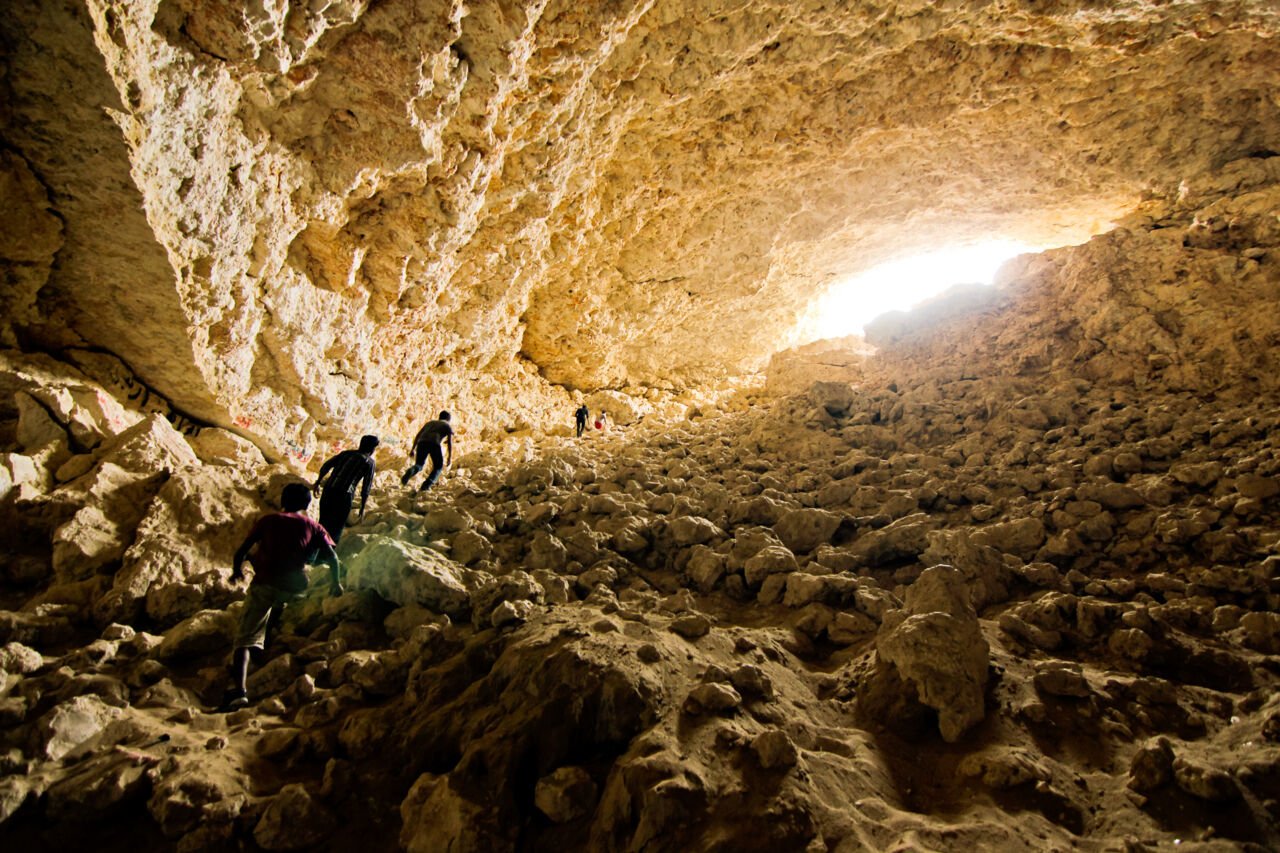
Dahl Al Misfir, located west of Doha, is one of Qatar’s most intriguing natural sites. This ancient formation, reaching depths of 40 meters, is recognized as the largest and deepest accessible cave in the country. Composed largely of fibrous gypsum, it occasionally emits a soft, ethereal glow that adds to its allure.
The cave is believed to have formed between 325,000 and 500,000 years ago during the mid-Pleistocene Era. Its phosphorescent gypsum deposits create the remarkable phenomenon known as “desert roses,” clusters of rose-shaped crystals that enhance the cave's otherworldly beauty. Although the site is unfenced and free to visit, it is advisable for visitors to wear appropriate hiking footwear due to the rocky terrain and to dress warmly, as temperatures drop deeper within the cave.
Birdwatchers will also find Dahl Al Misfir appealing, with opportunities to observe various species, including nightjars, wagtails, and Eurasian hoopoes, as they pass through this remarkable landscape on their migratory routes.

In summary, Education City, along with its cultural landmarks and natural wonders like Dahl Al Misfir, offers a rich tapestry of educational, cultural, and recreational opportunities, making it a must-visit destination in Qatar.
How to Get There
-
By Car:
- Off-road driving is required; best accessed by 4x4 vehicles.
- Navigate from Salwa Road or Rawdat Rashed Road.
-
Preparation:
- Ensure your vehicle is suitable for off-road conditions.
Imam Abdul Wahhab Mosque
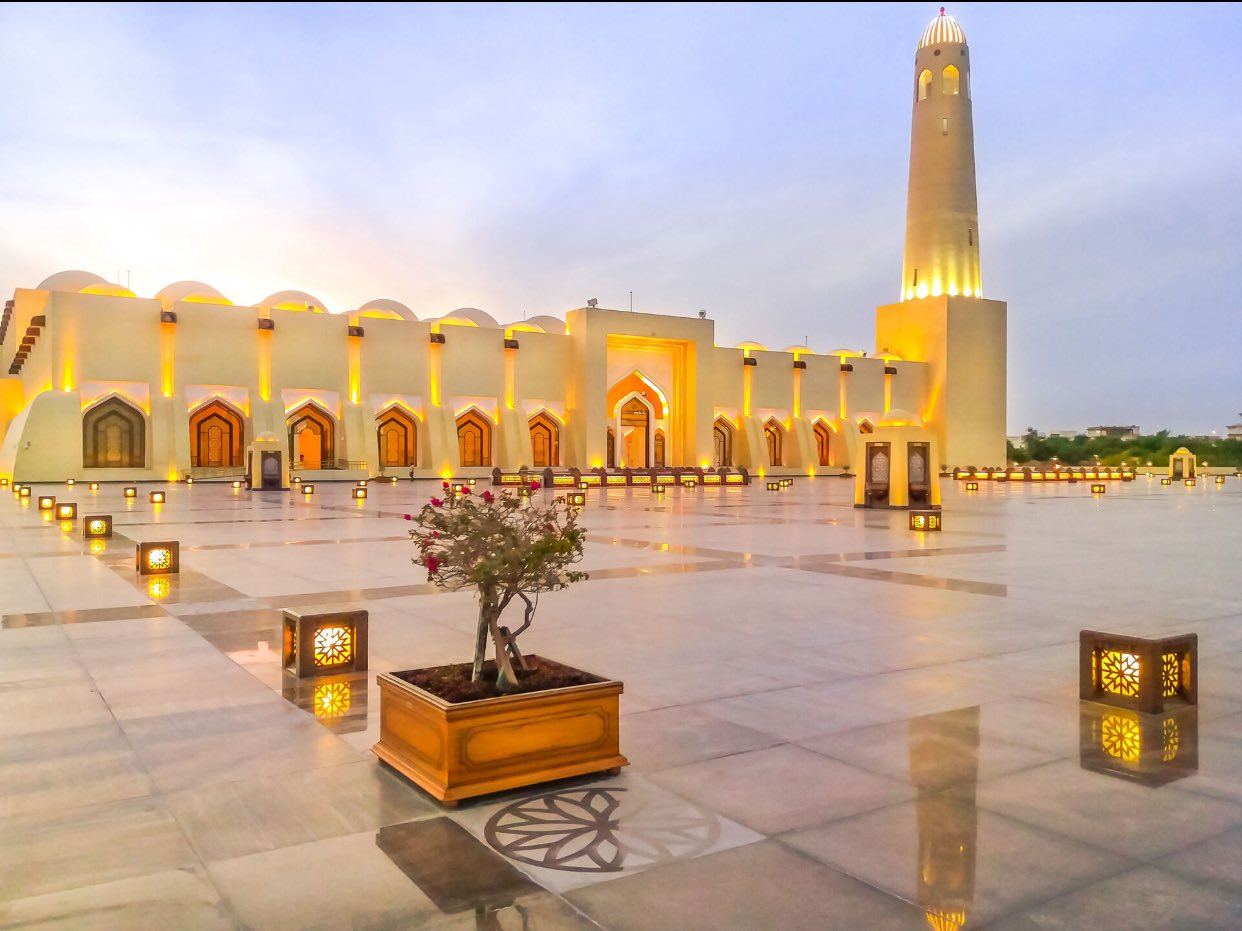
The Imam Abdul Wahhab Mosque, also referred to as the Qatar State Grand Mosque, stands as the largest mosque in Qatar, having opened its doors in 2011. Its striking design features elegant lines and arches that embody the essence of Islamic architectural tradition, making it a significant landmark in the region.
The mosque is equipped with three libraries, distinct prayer and ablution areas for men and women, and dedicated spaces for Quran memorization. It has the capacity to accommodate over 30,000 worshippers at a time.
The mosque is constructed from sandstone, offering stunning views of the Doha skyline. Its design includes a series of arches and domes, emphasizing its status as the largest mosque in Qatar. The earth-toned marble flooring serves to keep worshippers cool during the scorching summer months, while the small domes along the corridors provide necessary shade.
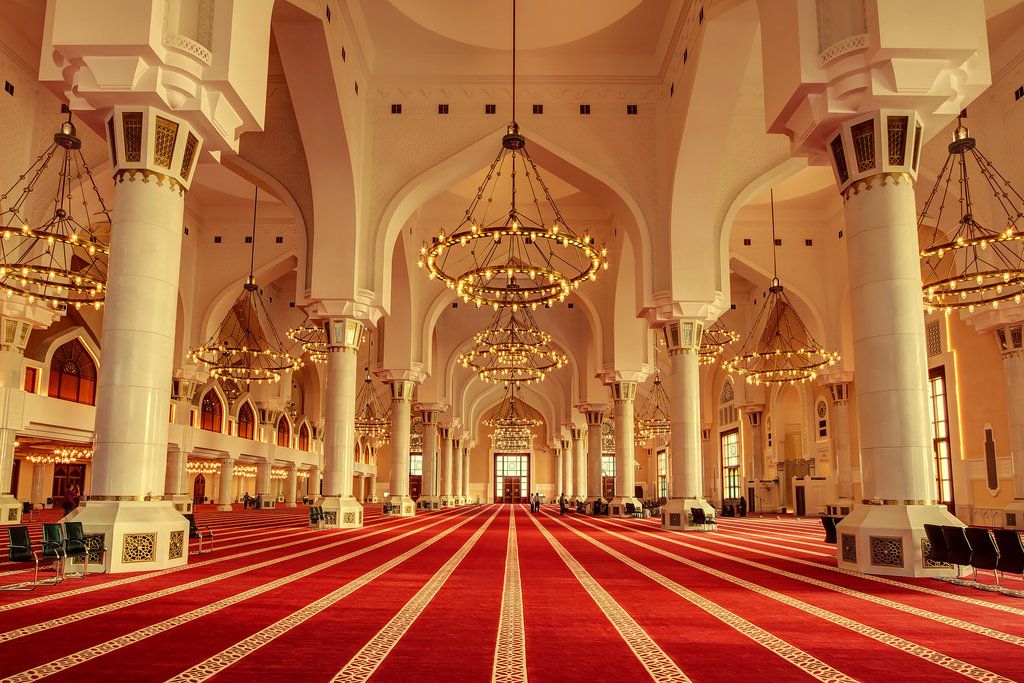
With a total of 93 domes, many of which crown the prayer niche (mihrab) and the main prayer hall, the mosque is a visual marvel. It not only serves religious purposes but also hosts a variety of social, educational, and cultural programs throughout the year, making it a vibrant community hub.
How to Get There
- By Car or Taxi: Easily accessible with ample parking available.
- Public Transport: Taxi services are recommended for convenience.
Aspire Zone Foundation

Located just minutes from central Doha, Aspire Zone is marked by The Torch Doha, a striking 300-meter tall hotel offering panoramic views of the city. This multifaceted destination includes world-class sports facilities, a training academy, a sports medicine hospital, and a turf research center, catering to sports enthusiasts and health seekers alike.
The expansive Aspire Park, spanning over 880,000 square meters, provides a refreshing escape from urban life, featuring walking and running tracks, children’s play areas, and a large lake. Public artwork, such as Sarah Lucas's Perceval, adds an artistic touch to the landscape.
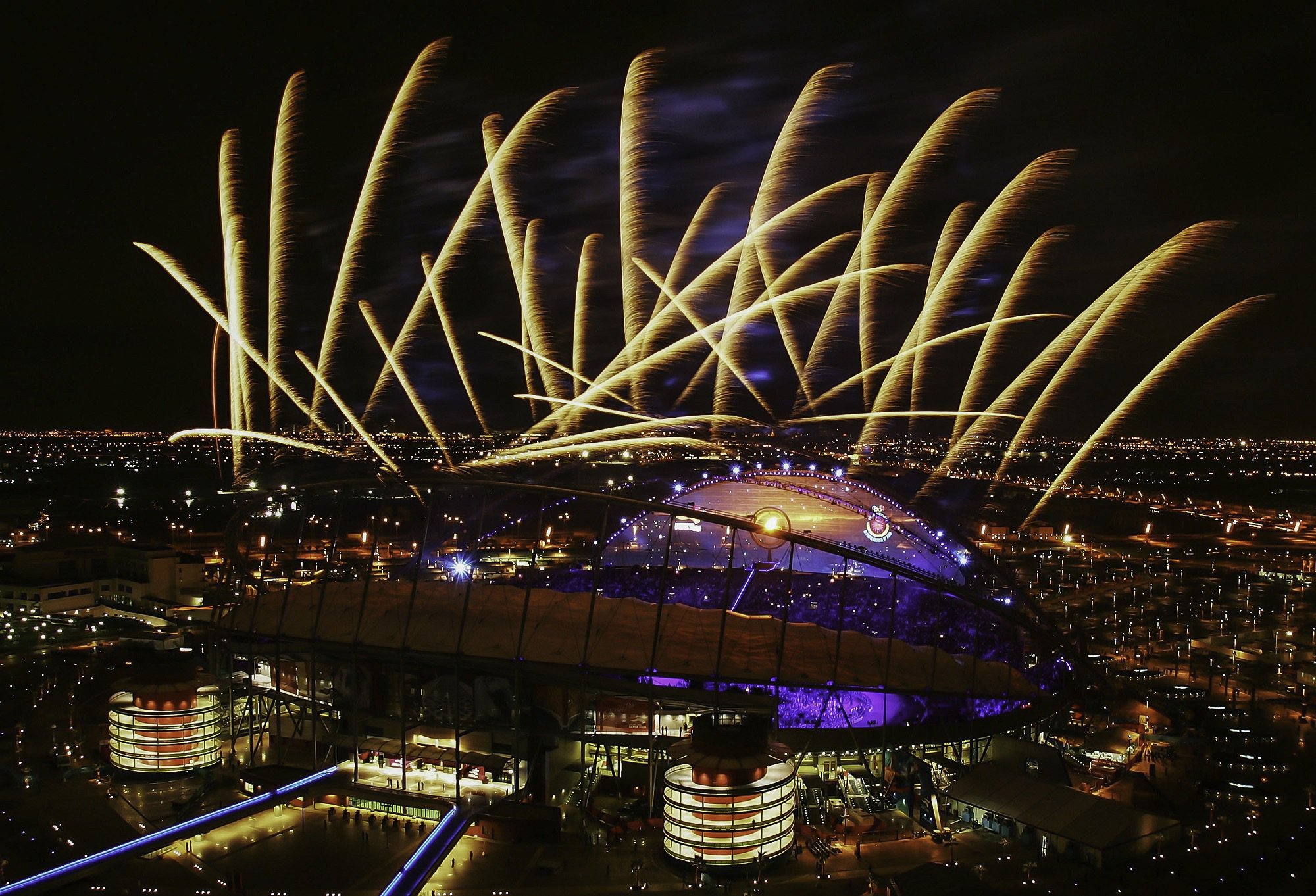
Aspire Zone features two hotels: The Torch Doha, ideal for visitors seeking luxury and wellness, and Al Aziziyah Boutique Hotel, known for its exquisite Victorian design. Both hotels are within walking distance of the Venetian-inspired Villaggio Mall, a family-friendly destination offering shopping, dining, entertainment, and indoor theme parks.
How to Get There
- By Car or Taxi: Direct routes lead to Aspire Zone with parking facilities.
- By Bus: Several routes serve the area:
- Bus Lines: 301, 31, 32, 41
- By Metro:
- Nearest Station: Al Aziziyah (Gold Line)
- Walking Distance: Approximately 15 minutes from the metro station.
Education City Mosque
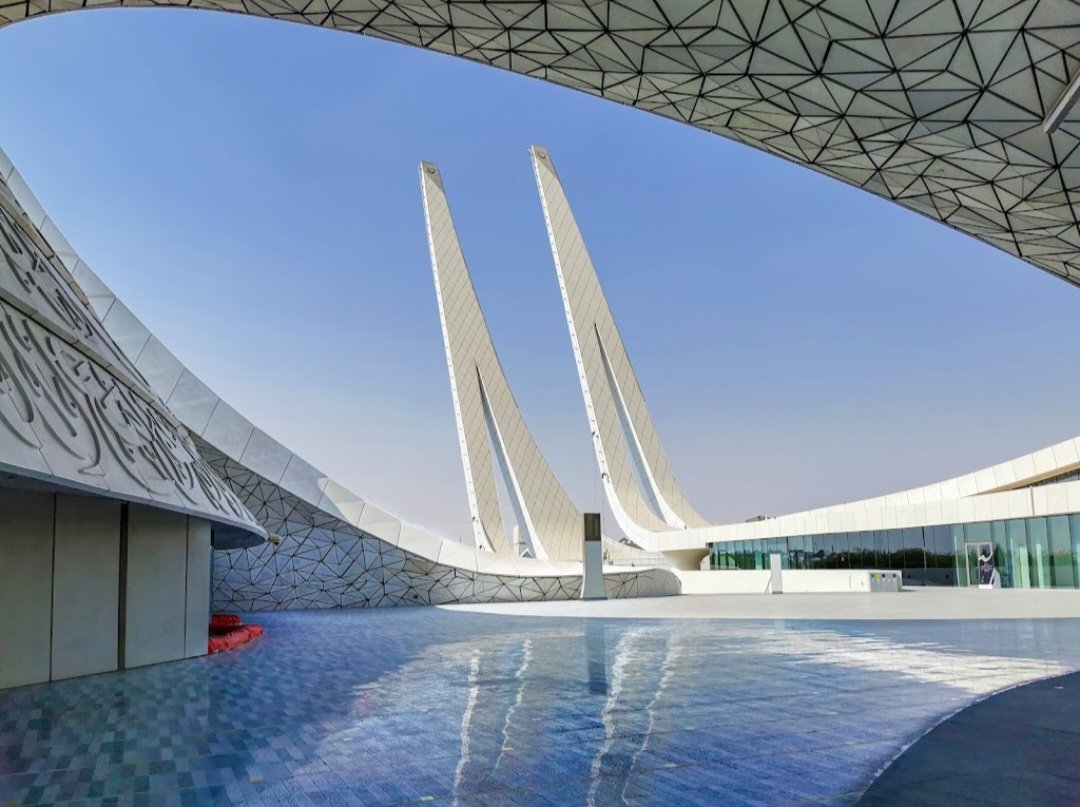
Nestled within the Minaretein building of Hamad Bin Khalifa University’s College of Islamic Studies, the Education City Mosque is a stunning example of contemporary Islamic architecture. Designed by Iraqi architect Taha al-Hiti, its minarets showcase vertical calligraphy that draws the eye upward, inviting contemplation of faith.
The mosque’s structure is supported by five pillars, symbolizing the core tenets of Islam: Shahada, Salah, Zakat, Sawm, and Hajj.
Serving as a community mosque for the Al Rayyan area, the Education City Mosque can host 1,800 worshippers in its main prayer hall and an additional 1,000 in its outdoor courtyard. The mosque’s landscape features four streams that nourish a central garden, representing the four rivers of Paradise described in the Qur’an.
The complex also includes the Qur’anic Botanic Garden, which showcases plants mentioned in the Holy Qur'an alongside Qatar’s native flora, emphasizing the importance of biodiversity.
Beyond its role as a place of worship, the mosque has become a center for community engagement, hosting various educational and cultural events. The Minaretein building, home to the College of Islamic Studies, fosters intellectual discussions on Islam in a global context.
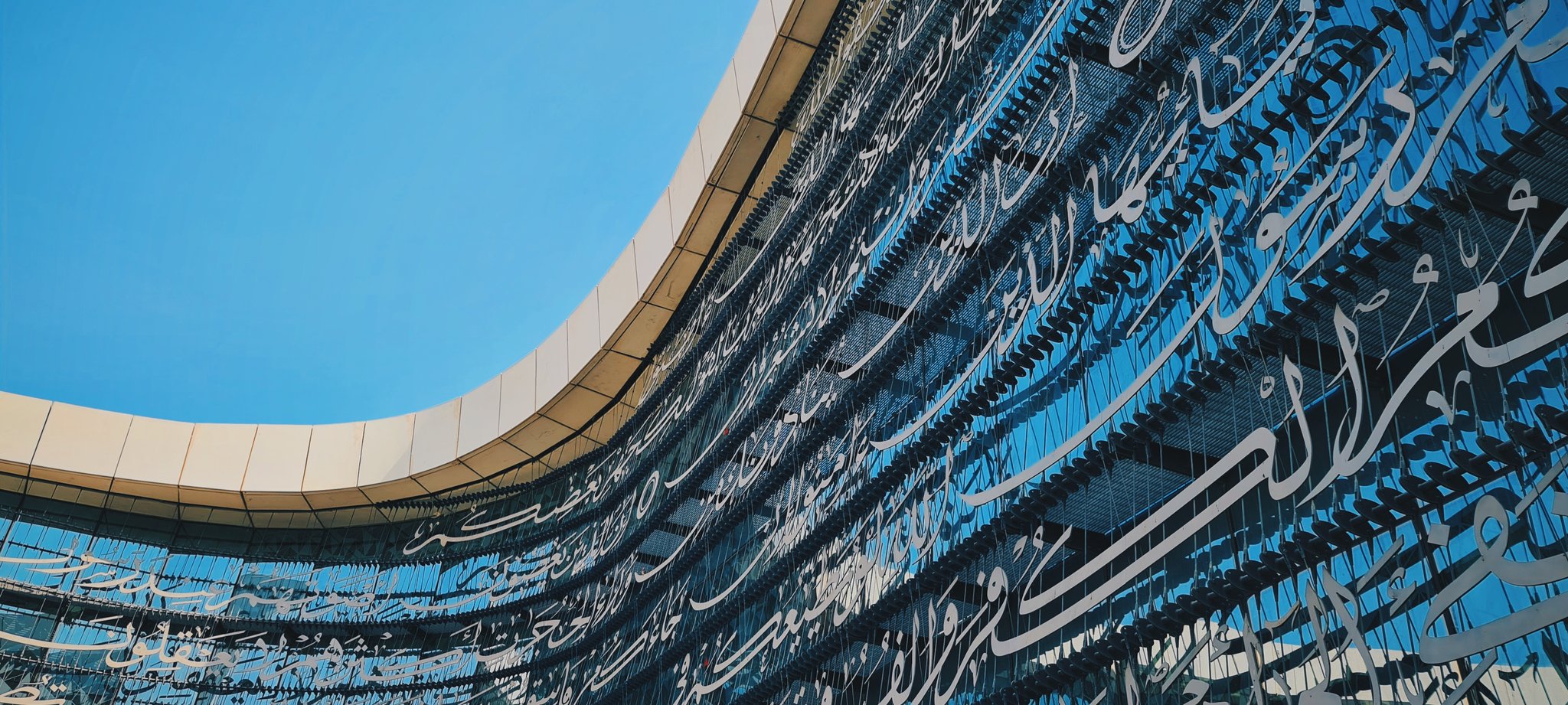
The mosque's innovative design, which won multiple architectural awards, reflects a harmonious blend of faith and modernity, inviting individuals from all backgrounds to explore its offerings.
How to Get There
- By Car: Dedicated outdoor parking available.
- By Doha Metro:
- Nearest Station: Qatar National Library (Green Line)
- Walking Access: Convenient for those nearby or using public transport.
Doha Exhibition and Convention Center (DECC)
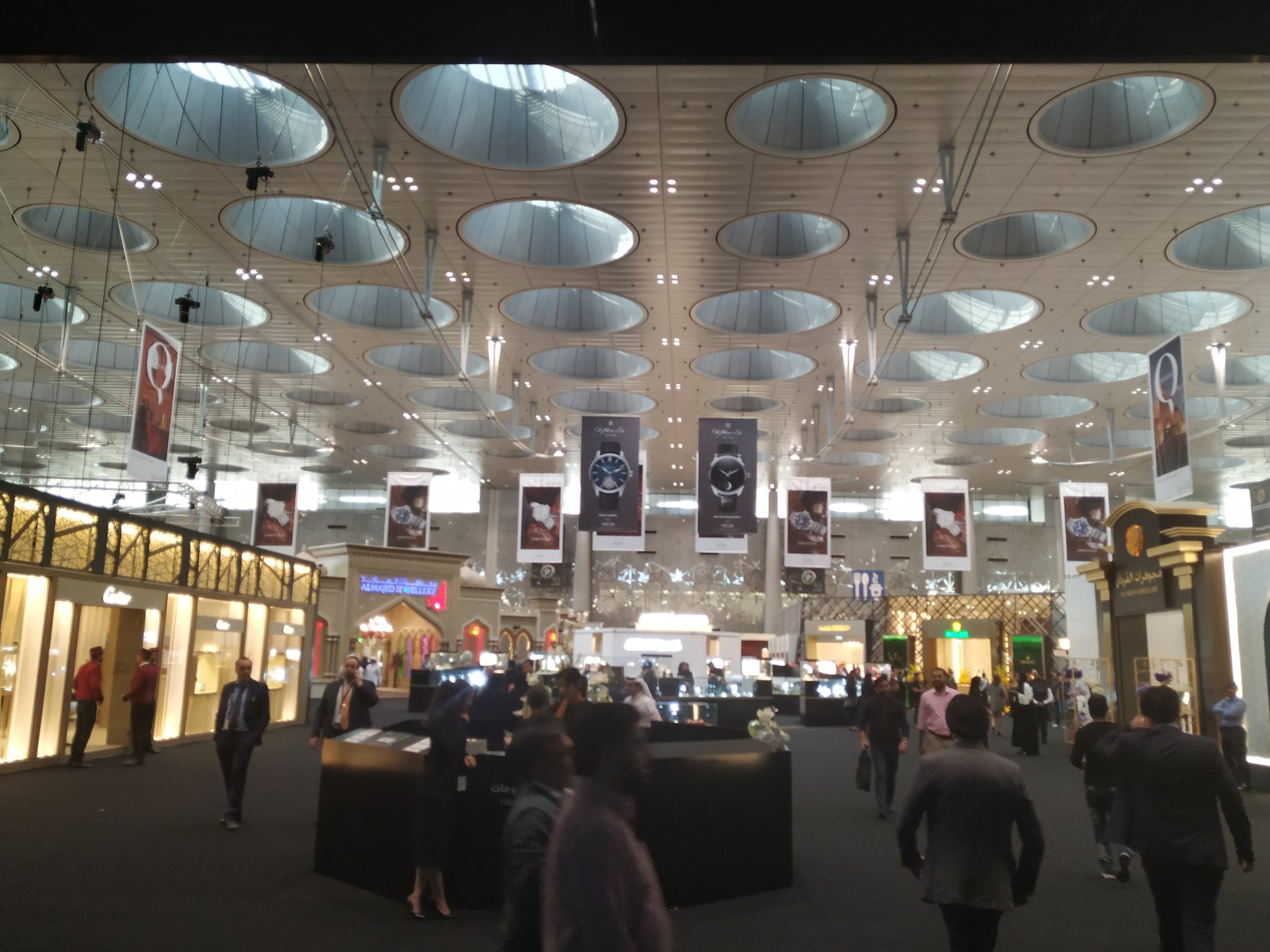
The Doha Exhibition and Convention Center (DECC) stands as a premier venue for a diverse array of business and entertainment events, encompassing expansive spaces designed for ultimate versatility. The interior features seven exhibition halls and multiple conference rooms, all elegantly sheltered under an awe-inspiring floating blade roof, which not only enhances the venue's aesthetic appeal but also optimizes acoustics and lighting.
The venue's layout allows it to operate as five independent halls or as a single expansive space of 35,000 m², making it one of the largest exhibition areas globally. Each hall is accessed from the South Foyer, which offers breathtaking views of the downtown skyline, enhancing the visitor experience.
DECC is located just a short drive from Hamad International Airport, placing it at the heart of Doha's bustling business district. Surrounded by modern skyscrapers, trendy cafés, and upscale dining options, the center serves as a hub for major events and exhibitions. With a total of 100,000 square meters of exhibition and congress space, DECC is equipped to host large-scale conferences and events, complemented by a range of world-class hotels nearby.
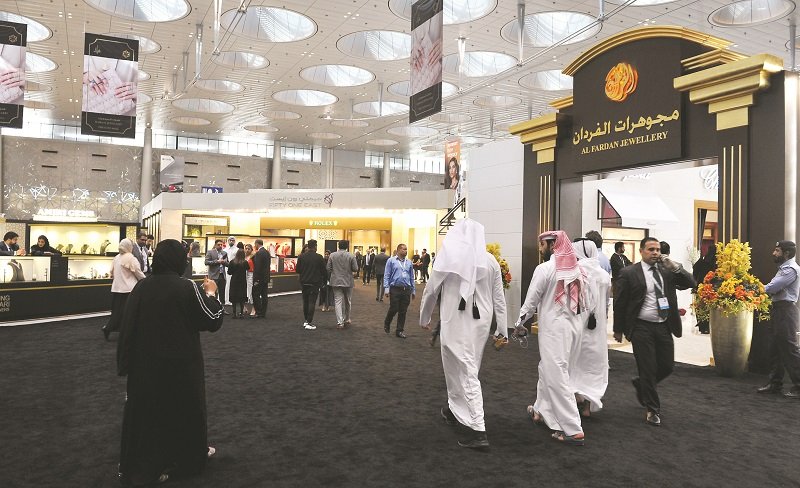
The facility features a robust four-level concrete structure that stretches over half a kilometer long and nearly 200 meters wide, ensuring ample space for any event.
How to Get There
- Location: West Bay, Doha, Qatar
- By Bus: Take Bus Route 777 for direct access to DECC.
- By Taxi: Use Karwa Taxi Services by calling +974 800 8294.
- By Metro: Arrive at DECC Metro Station on the Red Line, located adjacent to the venue.
- Driving: Easily accessible by car, with ample parking available on-site.
Khor Al Adaid Beach

Khor Al Adaid Beach, located in the southern region of Qatar, is a truly unique and captivating destination, renowned for its stunning natural beauty. This area features pristine waters and shifting sands, making every visit a memorable experience. The beach is characterized by its breathtaking dunes, which rise to dizzying heights of up to 40 meters, creating a dramatic landscape perfect for exploration.
The beach offers a peaceful escape from the hustle and bustle of daily life, providing a tranquil environment where visitors can recharge their mind, body, and soul. The area is rich in wildlife, attracting various species of fish, crustaceans, and migratory birds such as flamingos and ospreys. In the mornings, the beach transforms into a serene oasis as the inland sea encroaches upon the desert, while evenings bring stunning sunsets that illuminate the dunes in golden tones.
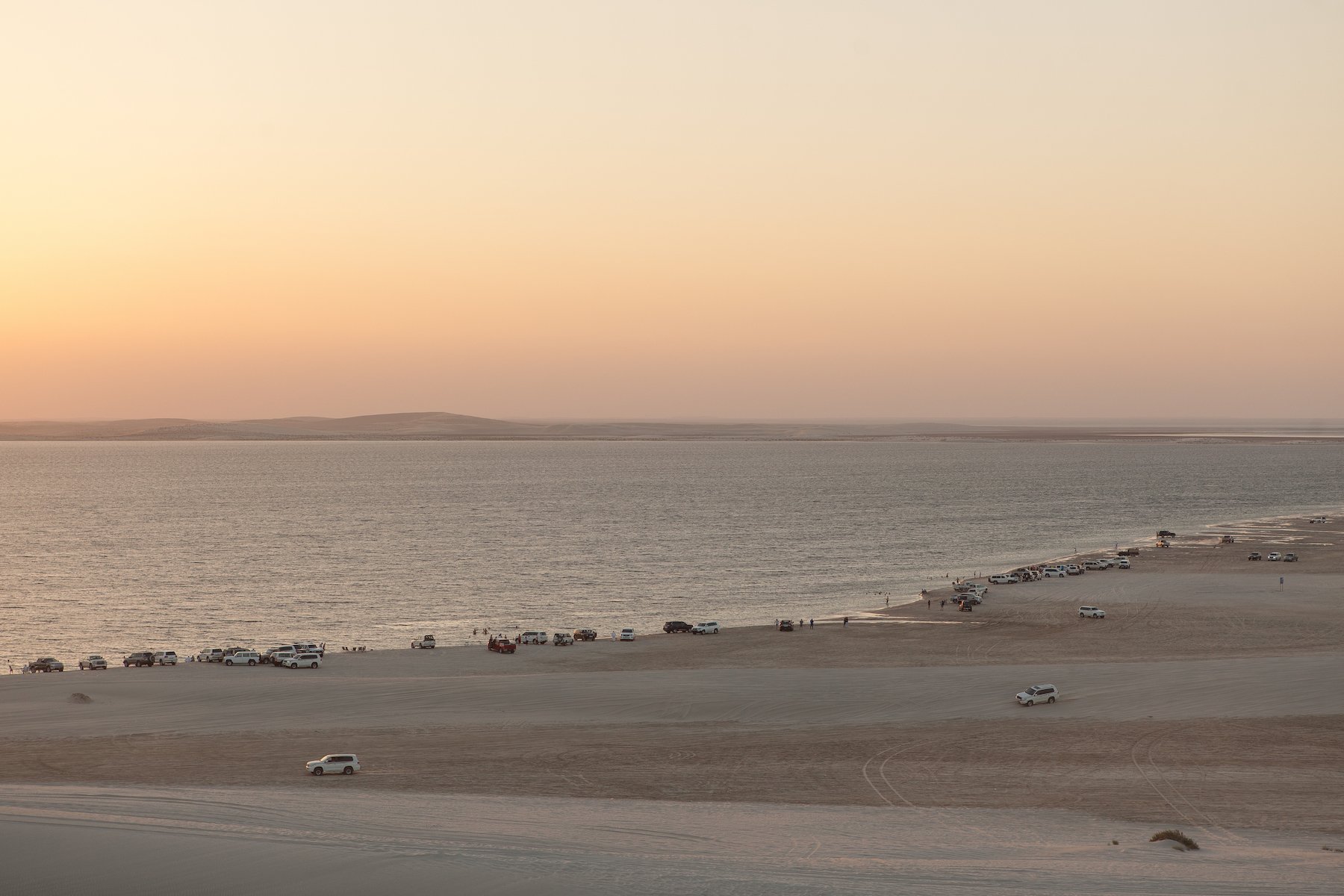
How to Get There
- Location: Inland Sea Off Rd, Qatar
- By Car: Approximately 80 km from Doha; best accessed via a 4x4 vehicle for navigating sandy terrain.
Heenat Salma Farm
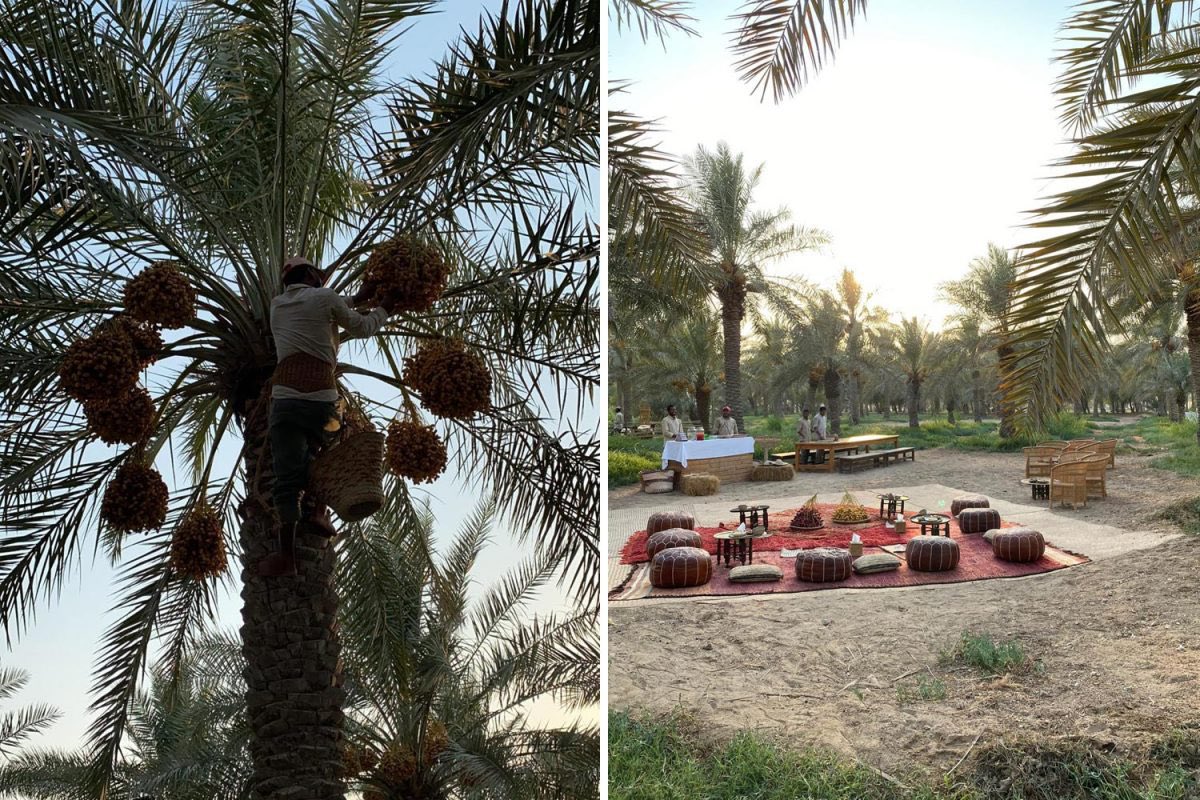
Heenat Salma Farm, nestled in the Al Shahaniya municipality, is a beacon for those interested in sustainable living and organic agriculture. This eco-friendly destination attracts not only eco-conscious individuals but also farming traditionalists and enthusiasts of natural produce.
Guests can stay in traditional yet refined tents arranged around a central courtyard, which fosters a sense of community and connection with nature. The farm cultivates around 30 different crop varieties, including organic fruits, vegetables, dairy, and honey, ensuring that visitors can enjoy fresh produce during their stay. The on-site shop offers a selection of organic eggs, dates, and vegan foods, appealing to those who appreciate sustainable living.

In addition to its agricultural offerings, Heenat provides a variety of wellness activities, including yoga and meditation classes, as well as workshops on traditional crafts such as weaving and pottery. This makes it an ideal destination for families and individuals seeking a holistic experience.
How to Get There
- Location: Al Shahaniya municipality
- By Car: A short 30-minute drive from Doha’s West Bay.
North Sedra Farm
.jpg)
North Sedra Farm is celebrated for its commitment to preserving Qatari cultural heritage. This agritourism destination offers visitors a chance to connect with local traditions through various activities and experiences.
Visitors can explore a charming mini zoo featuring a range of animals, including Arabian Oryx, zebras, ostriches, and camels. The farm provides opportunities for guests to feed and interact with the animals, making it an engaging experience for families.
At North Sedra Farm, guests can also take part in a unique museum experience titled "Qatar Through History," which showcases traditional Qatari architecture and artifacts. In addition, the farm features a variety of games for children, such as boat rides, bumper cars, and mini trains, ensuring that there is something for everyone.
.jpg)
The farm proudly collaborates with local restaurants and cafés to offer a diverse selection of food options, with the largest restaurant operated by a Qatari lady specializing in authentic local cuisine. North Sedra also allows visitors to pick their own fruits and vegetables, including strawberries, cucumbers, and various herbs, enriching the experience of sustainable agriculture. The farm operates during the winter season, from October to April, and has an affordable entrance fee, making it accessible to all.
How to Get There
- Location: Alghashamiyah area, north of Qatar
- By Car: About 40-50 minutes drive from Doha.
Fanar
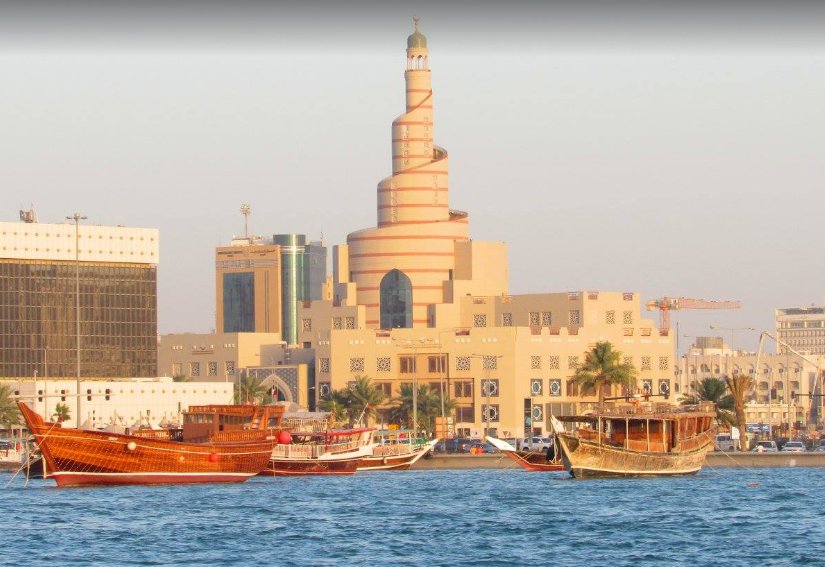
Fanar, known as the Sheikh Abdulla Bin Zaid Al Mahmoud Islamic Cultural Center, is one of Doha's most iconic landmarks. Its distinctive spiral architecture makes it a visually striking feature of the skyline, especially illuminated at night.
As a functioning mosque and cultural center, Fanar offers a profound insight into Qatari and Islamic heritage. Visitors can partake in traditional coffee and engage in discussions about local culture and lifestyle. The center also hosts various educational and social activities, providing a meaningful experience for those looking to learn more about Qatar’s rich history and cultural practices.
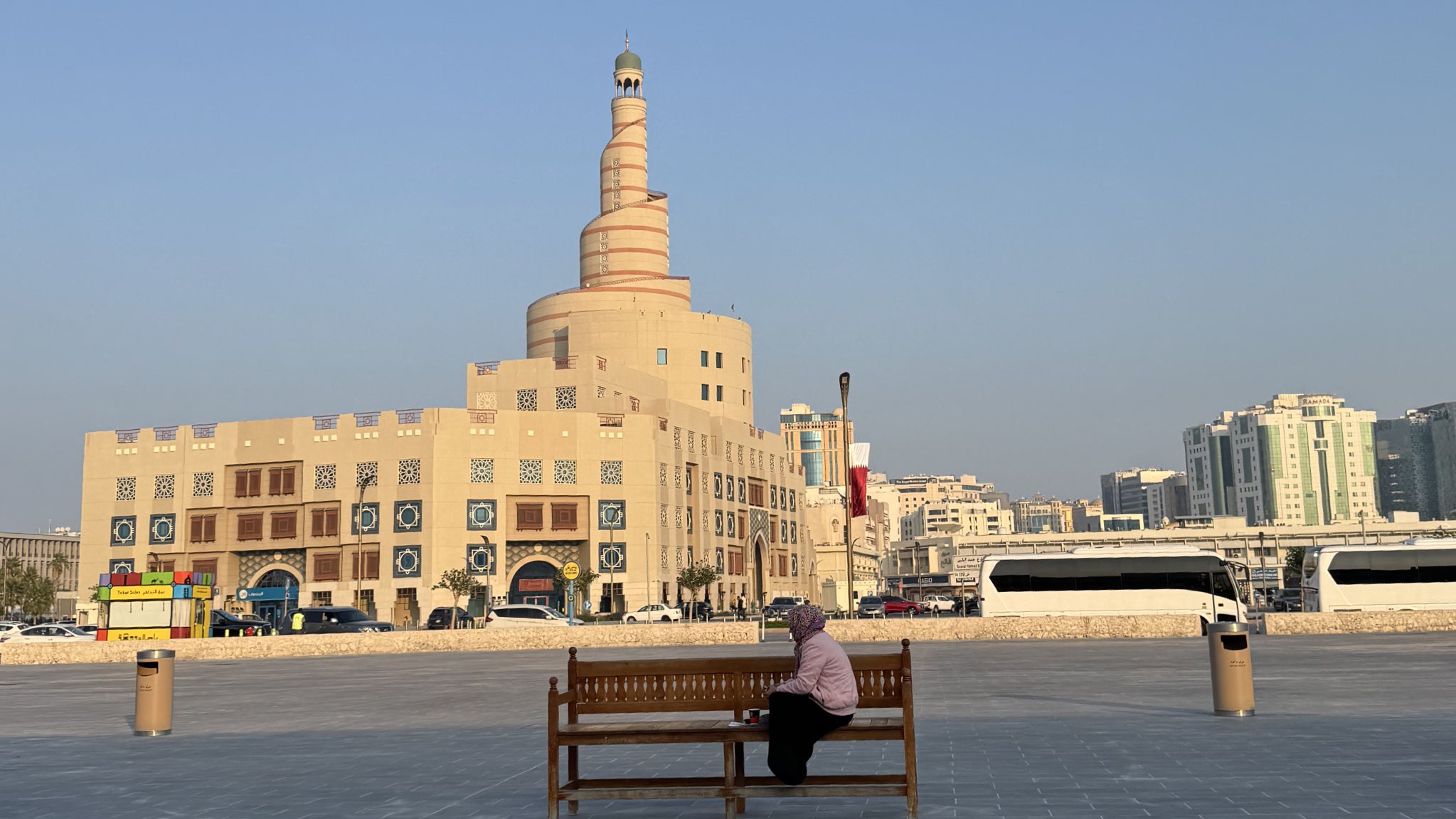
How to Get There
- Location: Corniche area, near Souq Waqif
- By Car: Easily reachable by vehicle, with nearby parking options.
- By Walking: Located within walking distance from major attractions like the Museum of Islamic Art.
Al Shahaniya Camel Racetrack
.jpg)
Visiting Al Shahaniya provides an exceptional chance to view some of the world's most meticulously groomed and valuable camels. This vibrant locale is not just a racetrack; it’s a hub of excitement and tradition in the realm of camel racing.
Camel racing in Qatar began in 1972, and Al Shahaniya has since become the heart of this exhilarating sport. Every Friday from October to February, the racetrack hosts both local and international competitions, culminating in significant events like the HH the Emir’s Main Race held in March and April.
The thrill of the races is heightened by the use of remote-controlled, toddler-sized robot jockeys, dressed in vivid racing silks, which captivate both residents and visitors as they guide these graceful animals across the sandy terrain.
Racing camels are remarkable athletes, capable of reaching speeds of up to 40 mph in short bursts, and maintaining speeds of 30 mph for sustained periods. Jockey operators use a whip antenna to encourage the camels, commanding them with built-in speakers that deliver motivating chants.
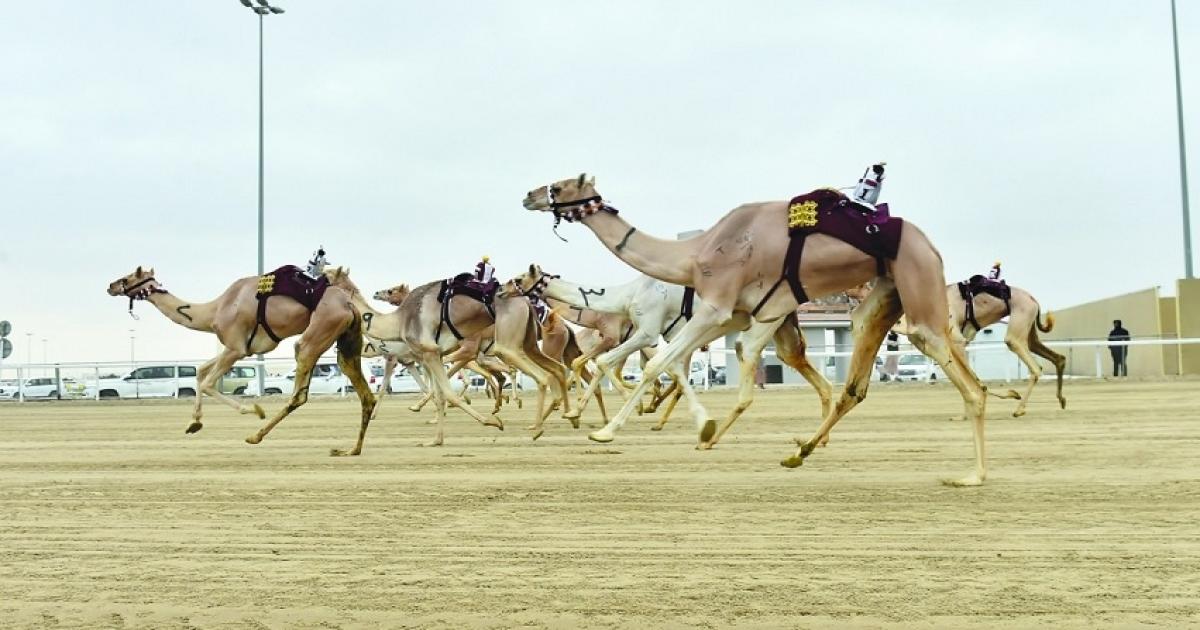
Surrounding the racetrack is a virtual camel city, where visitors can explore the stables and observe the camels in their daily routines. Although shaded seating is available in the grandstand, many locals prefer to follow the races from their cars along the parallel road. Even on non-race days, the track welcomes spectators to witness training sessions, offering an intimate glimpse into the world of camel racing.
How to Get There
- Location: Al Shahaniya, Qatar
- Transportation Options:
- By Car: Drive along the Salwa Road, following signs to Al Shahaniya.
- Public Transport: Check for local bus routes that service the area.
The Doha Corniche
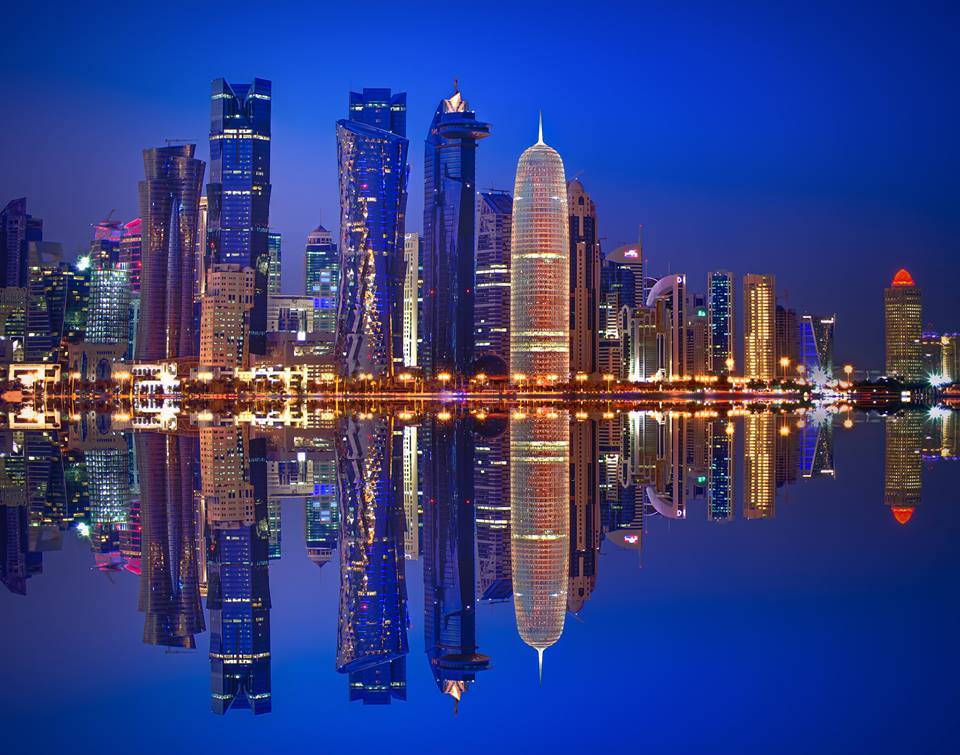
The Doha Corniche is a stunning seven-kilometer promenade that curves along the waterfront, showcasing breathtaking views of the city’s modern skyline. This iconic stretch is a focal point for numerous events, including National Day and National Sports Day celebrations. As you stroll along the bay, you can admire the illuminated dhows in the evenings or embark on a boat ride to fully appreciate Doha's picturesque scenery.
This celebrated promenade attracts both locals and tourists, with notable landmarks like the pyramid-shaped Sheraton Hotel at the northern end and the Museum of Islamic Art to the south. The area is alive with restaurants, parks, and cultural attractions, making it a vibrant gathering place where laughter and joy abound.
For those looking to explore, the nearest metro stations are Westbay QIC, Corniche, and Al Bidda. The Corniche is not just about stunning views; it also offers lush green spaces like Sheraton Hotel Park, perfect for picnics and recreational activities. The park features a pyramid-shaped hill providing panoramic views of West Bay, while nearby Al Dafna Park enchants visitors with its vibrant plant life and family-friendly amenities.
Dining options along the Corniche are plentiful, ranging from Arabian and Lebanese cuisine at Al Mourjan to Italian delicacies at La Veranda, ensuring a delightful culinary experience. Al Bidda Park offers exciting play areas and sports facilities, while the striking Pearl Monument marks the entrance to Dhow Harbor, a popular spot for dinner cruises that showcase the city’s skyline.
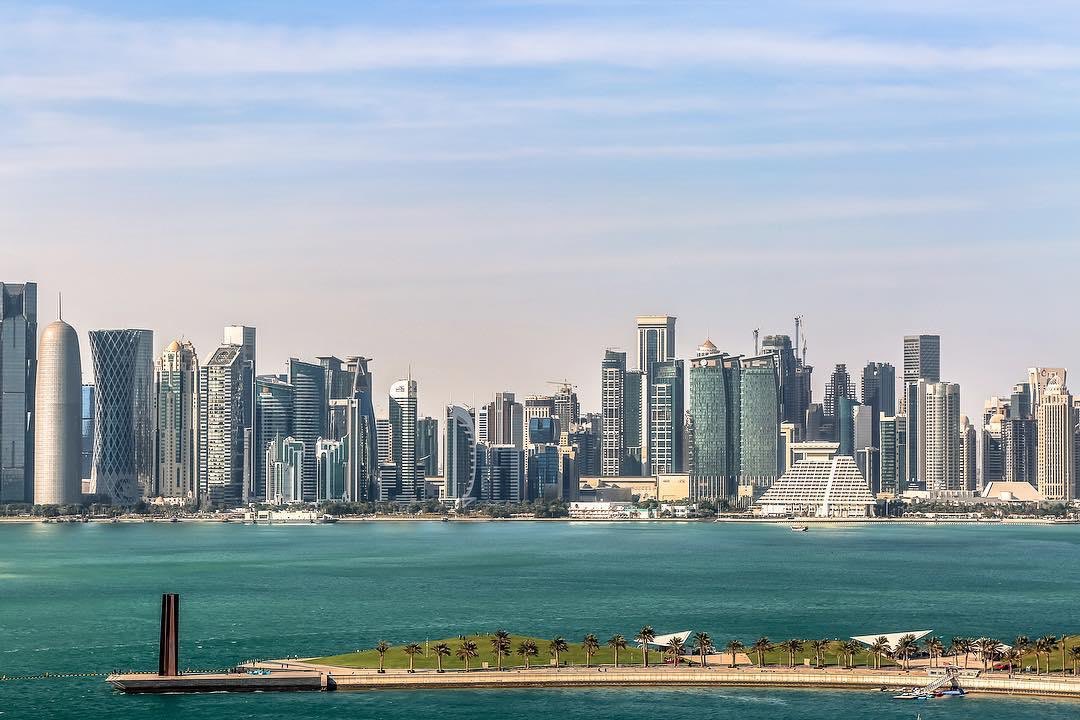
At the southern end of the Corniche, the Museum of Islamic Art, designed by renowned architect I.M. Pei, complements the area with its engaging exhibitions. The adjacent MIA Park provides a range of activities for families, including trampolines and an open-air cinema, making it an ideal spot for relaxation and fun.
Finally, the National Museum of Qatar, with its unique desert rose shape by architect Jean Nouvel, narrates the rich heritage of the country, completing the vibrant experience along the Corniche.
How to Get There
- Location: Doha, Qatar
- Nearest Metro Stations:
- Westbay QIC
- Corniche
- Al Bidda
- Parking: Available along the Corniche for those driving.
Box Park
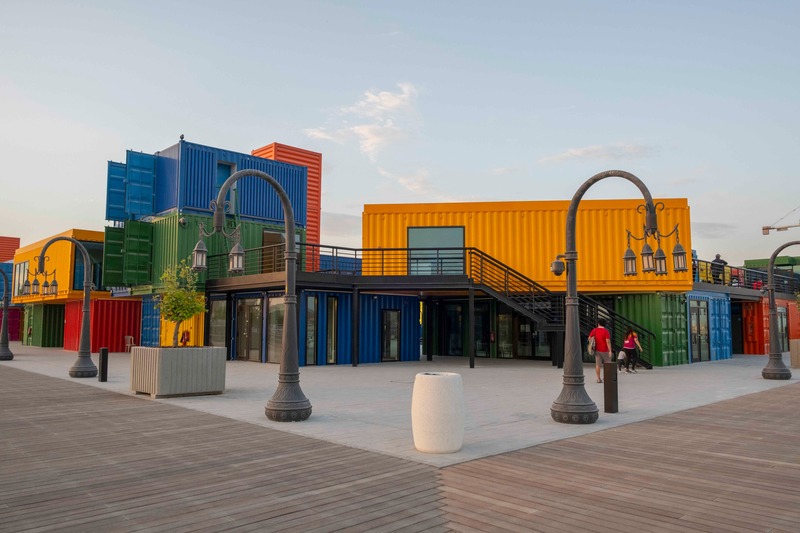
Box Park stands out as one of Qatar's most dynamic and trendy locations, transforming repurposed shipping containers into colorful shops and eateries. Situated near Doha Port, this artistic hub captures the essence of modern Qatar, appealing to explorers and creative souls alike.
Filled with reimagined metal boxes, Box Park serves as a lively marketplace where visitors can enjoy a variety of culinary delights and unique shopping experiences. The vibrant decor and artistic wall designs make it a perfect backdrop for photo opportunities.
The upper levels offer stunning views of the city, including landmarks like Ras Abu Aboud Stadium and the National Museum of Qatar.
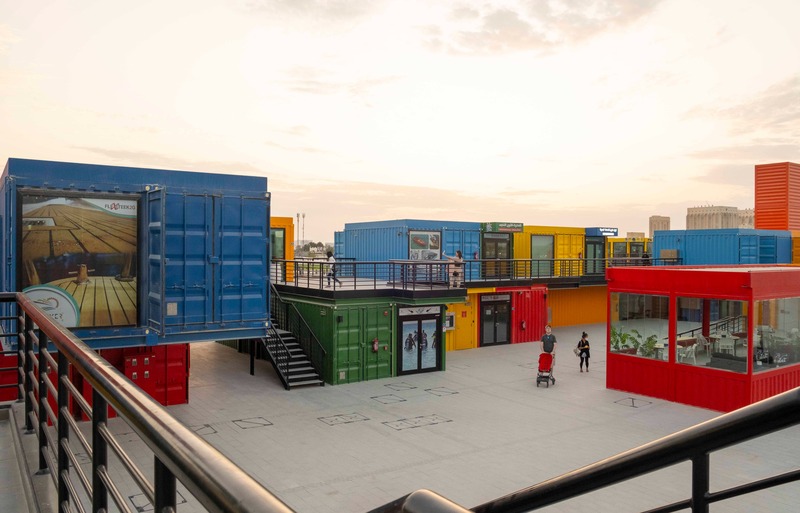
How to Get There
- Location: Near Doha Port, Qatar
- Transportation Options:
- By Car: Follow signs to Doha Port; parking is available nearby.
- Public Transport: Utilize local bus services that reach the area.
Baladna Park
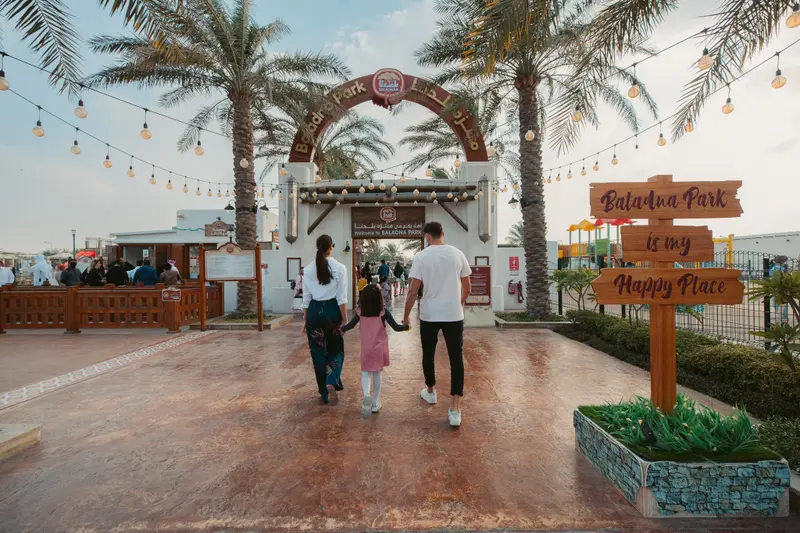
Baladna Park, located north of Doha, is a premier destination for families seeking outdoor activities in a natural setting. Home to Qatar's leading dairy farm, Baladna houses around 24,000 cows in a spacious and humane environment.
The park offers an educational experience about dairy production, complemented by a zoo featuring diverse species like mini kangaroos and royal peacocks.
With 2.4 million square meters of manicured lawns, Baladna Park invites families to engage in a variety of activities, from ziplining to horseback riding. The knowledgeable staff are available to interact with visitors, enhancing the educational experience.
.jpg)
How to Get There
- Location: North of Doha, Qatar
- Transportation Options:
- By Car: Drive north from Doha, following signs to Baladna.
- Public Transport: Look for buses heading towards the northern districts.
Embrace Doha
.jpg)
Embrace Doha, a cultural house located in Souq Al Wakrah, is dedicated to showcasing authentic Qatari culture through immersive experiences and workshops. Visitors can engage in cultural discussions and participate in traditional activities, such as Bakhoor mixing and Sadu weaving, which connect them to Qatar’s rich heritage.
Accessible via car or public transport, Embrace Doha offers a welcoming atmosphere where guests can explore the nuances of Qatari customs and traditions, making it a unique stop for anyone interested in the cultural fabric of the region.
.jpg)
How to Get There
- Location: Souq Al Wakrah, Qatar
- Transportation Options:
- By Car: Drive to the Souq Al Wakrah parking lot.
- Public Transport: Take the Red Line to Al Wakra station, then bus 127 to Souq Al Wakrah stop. Walk to Zone 4, House 157.
Qatar's iconic places offer a captivating glimpse into the nation's rich cultural heritage and progressive vision. From the bustling Doha Corniche and the historic Museum of Islamic Art to the exhilarating Al Shahaniya camel racetrack and the modern vibrancy of Box Park, each landmark contributes to the unique character of this dynamic country.
These sites not only showcase Qatar's architectural beauty and cultural significance but also serve as gathering points for locals and tourists to engage and connect. As Qatar continues to evolve, its iconic places remain essential in celebrating its past while embracing a promising future, making it a must-visit destination for travelers seeking both adventure and insight.

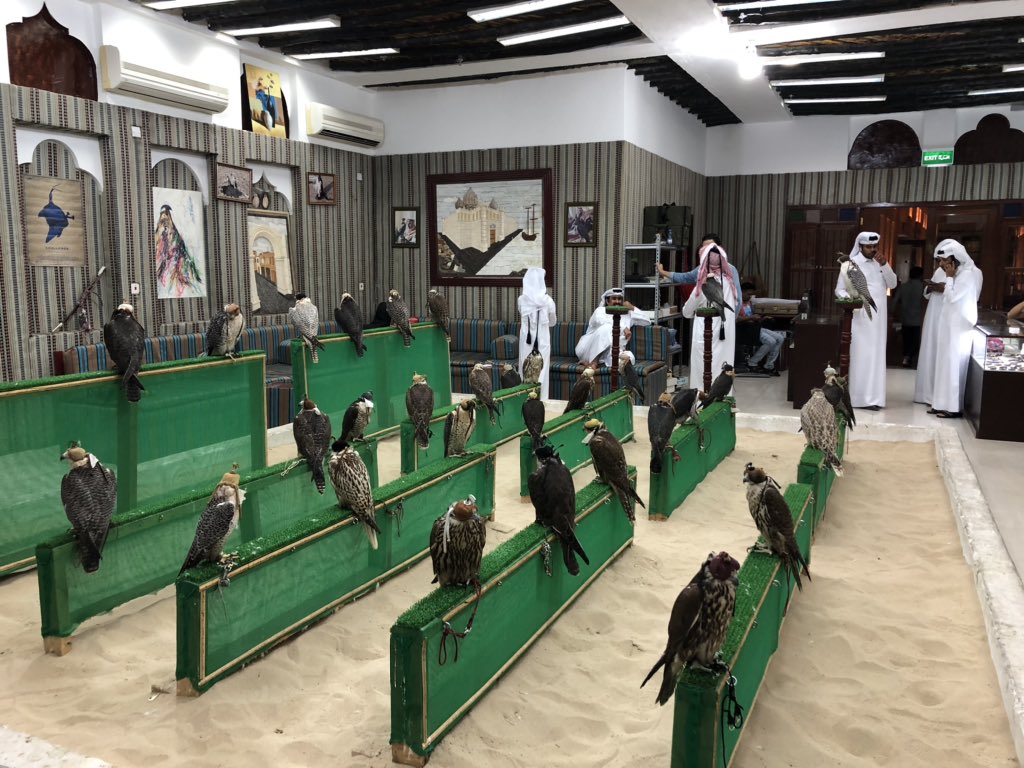
.jpg)
.jpg)
.jpg)
.jpg)

 (1).jpg)
.jpg)
 (1).jpg)
.jpg)
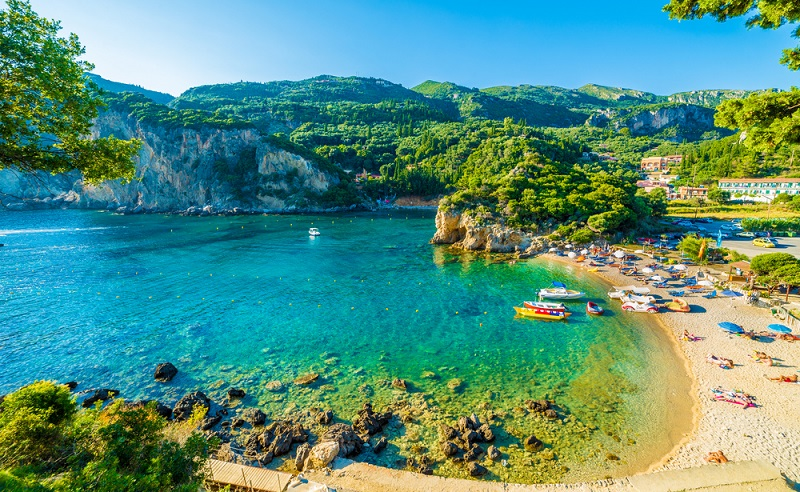
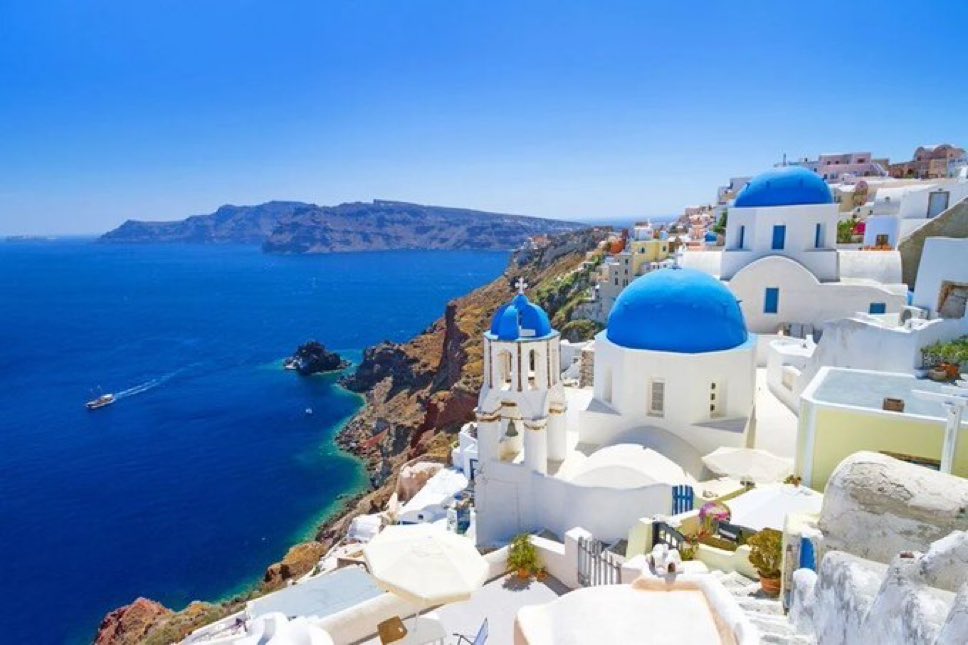





.jpg)

 (1).jpg)
.jpg)
.jpg)




.jpg)
.jpg)
.jpg)

.jpg)





.jpg)


.jpg)




.jpg)
.jpg)
.jpg)
.jpg)





 (1).jpg)
.png)
.jpg)
.jpg)